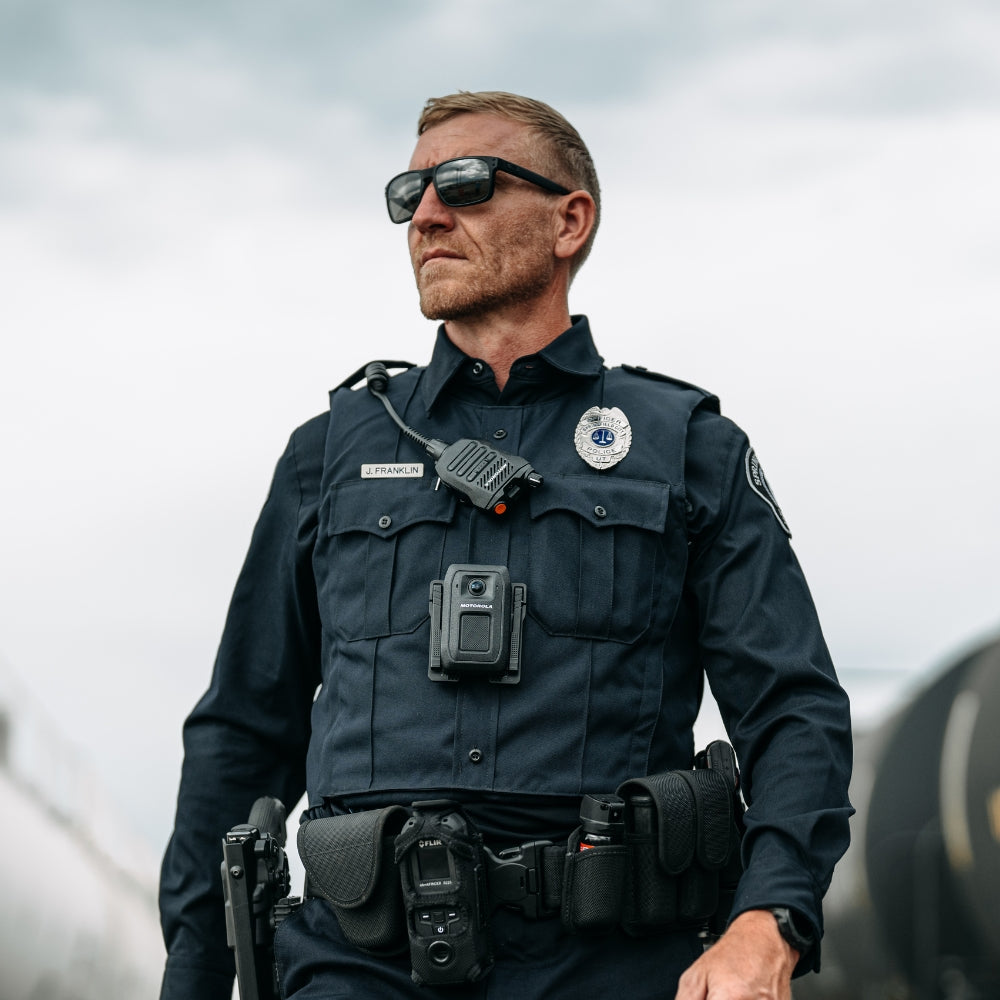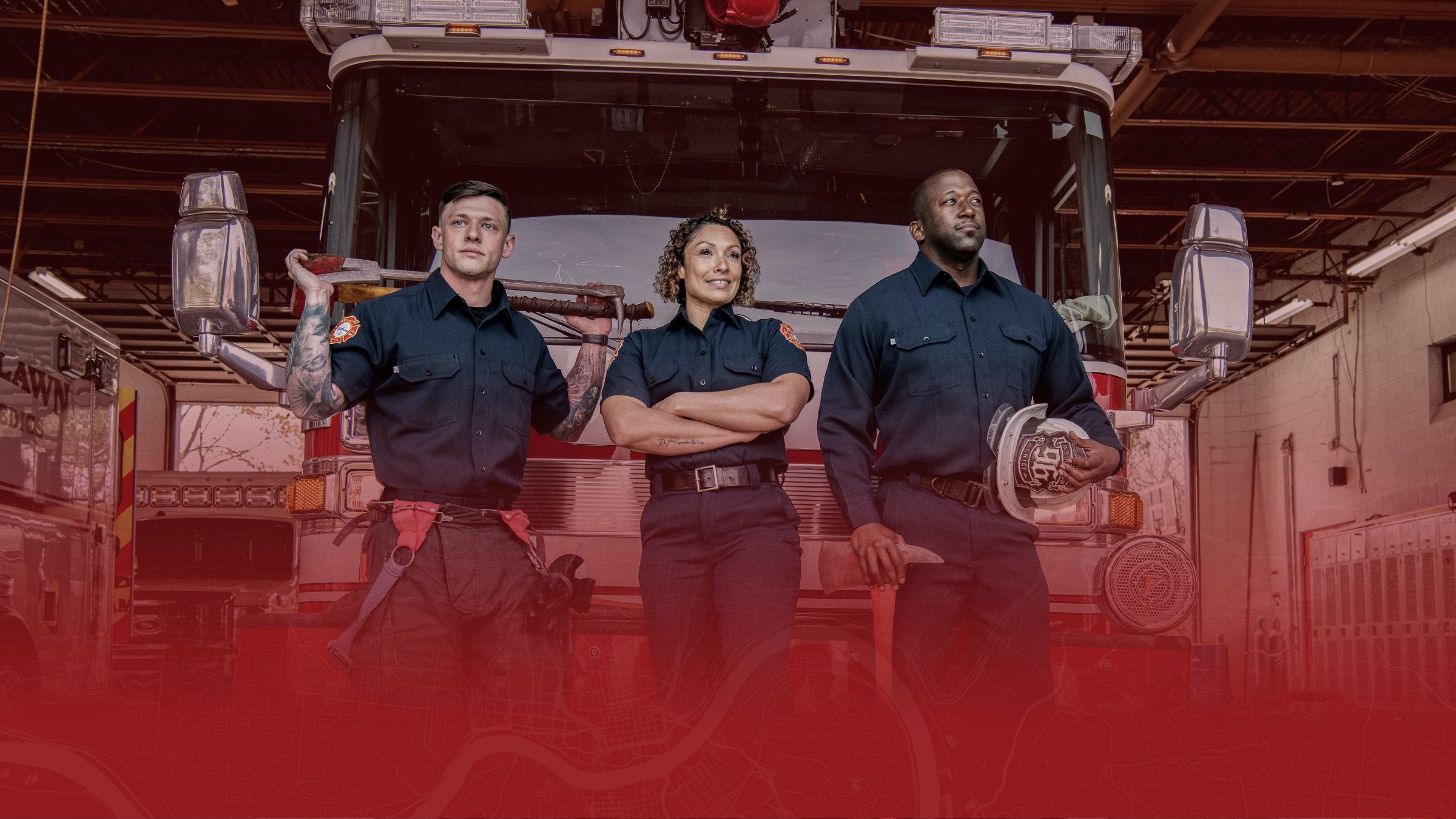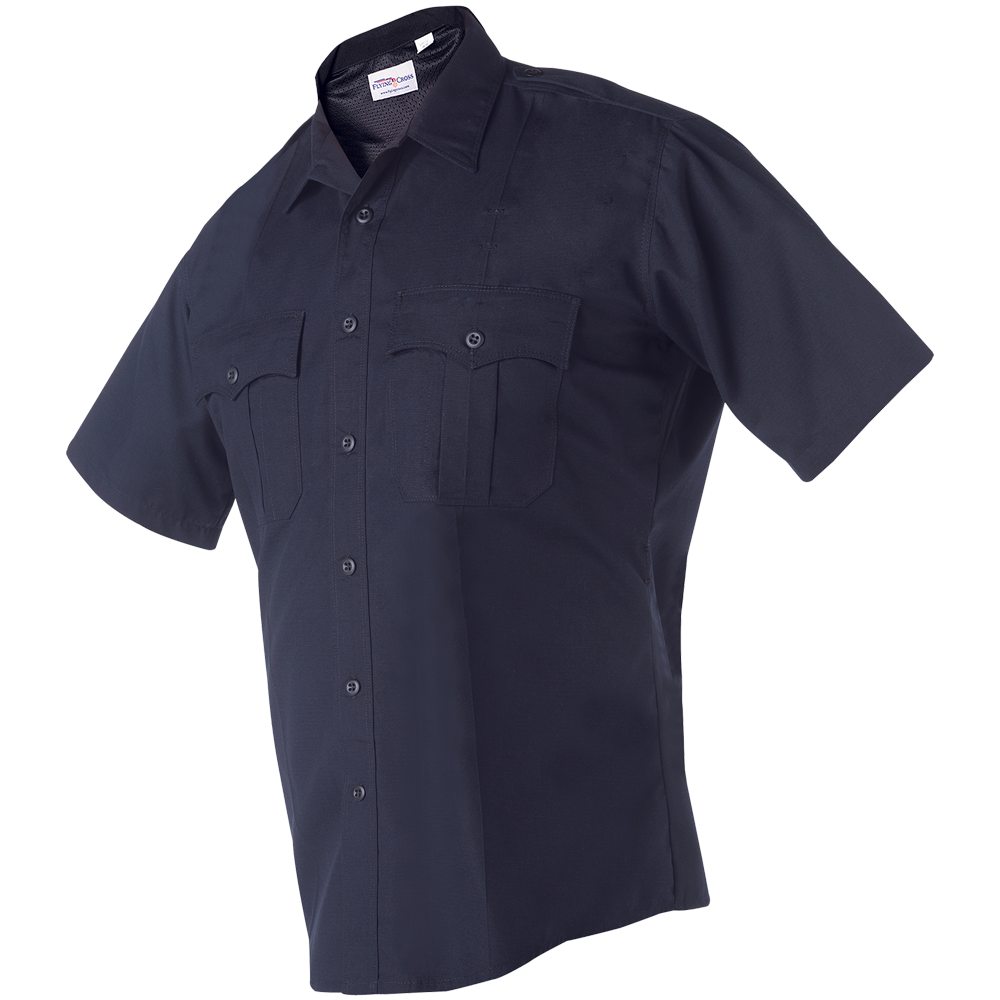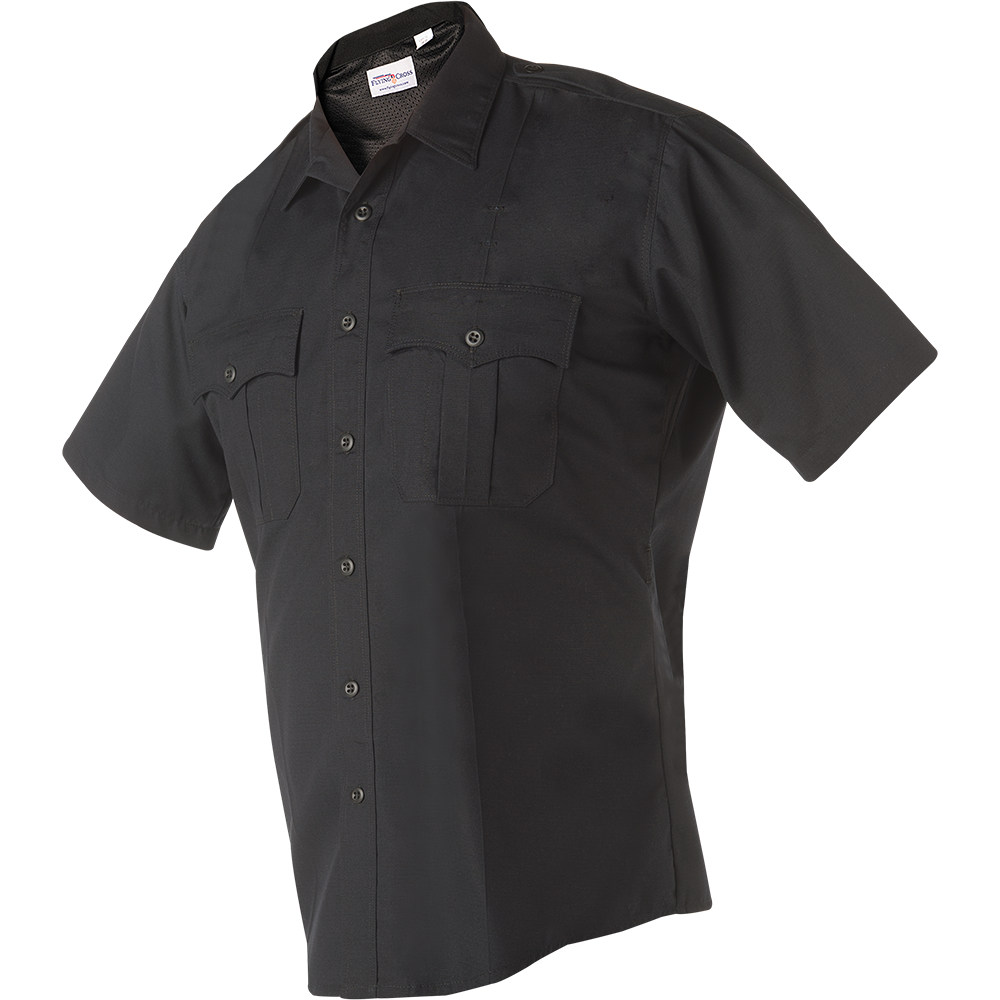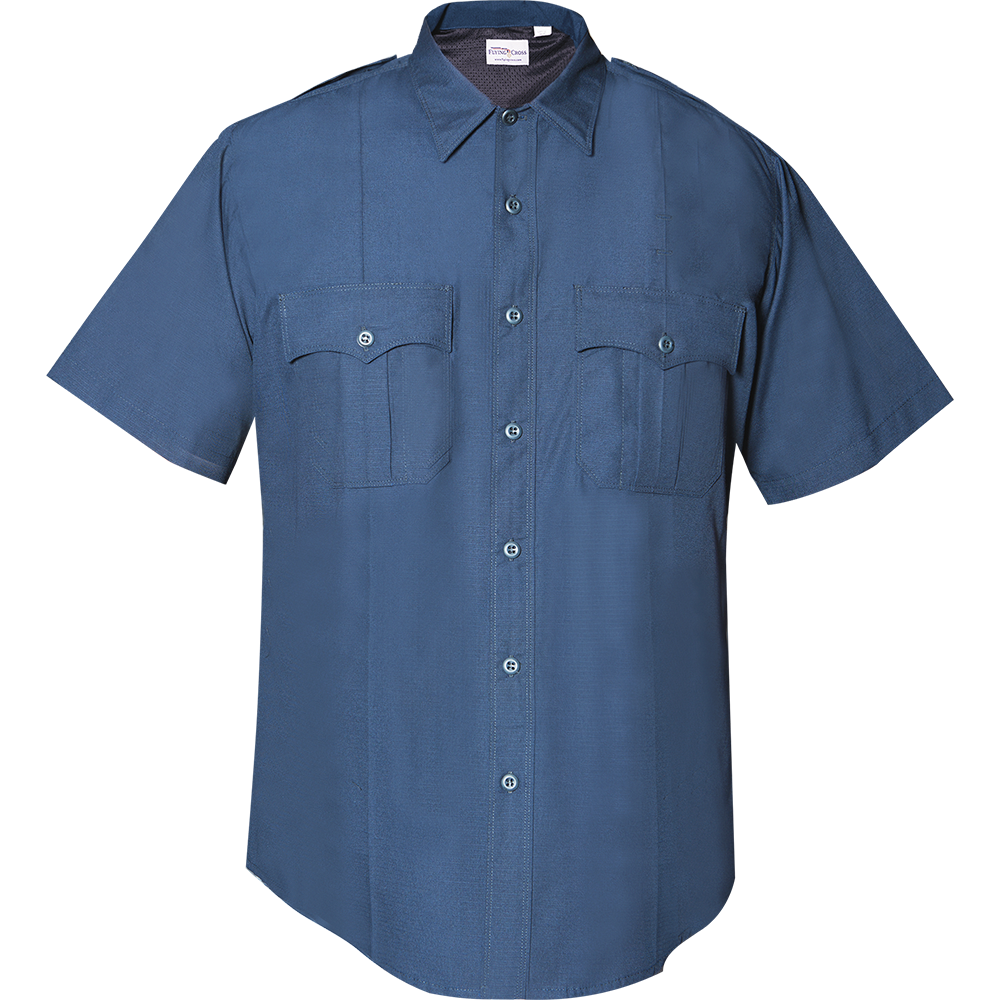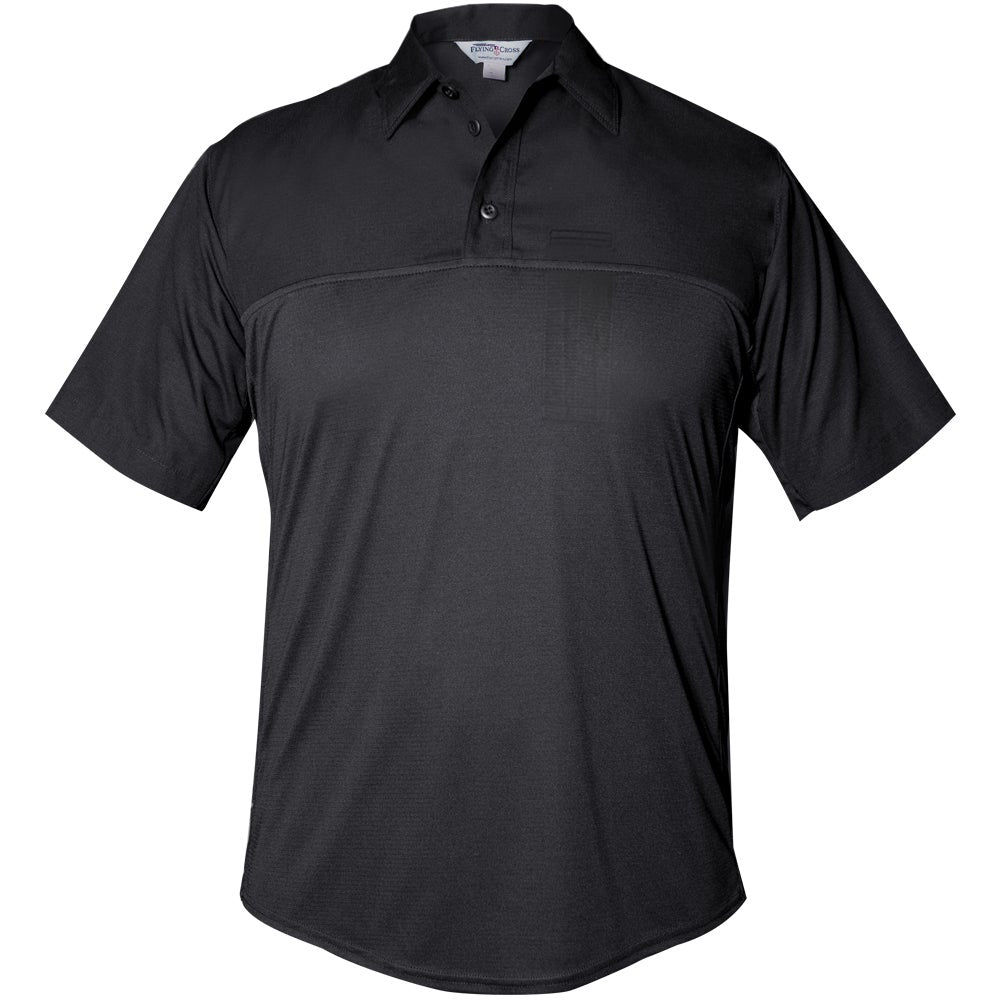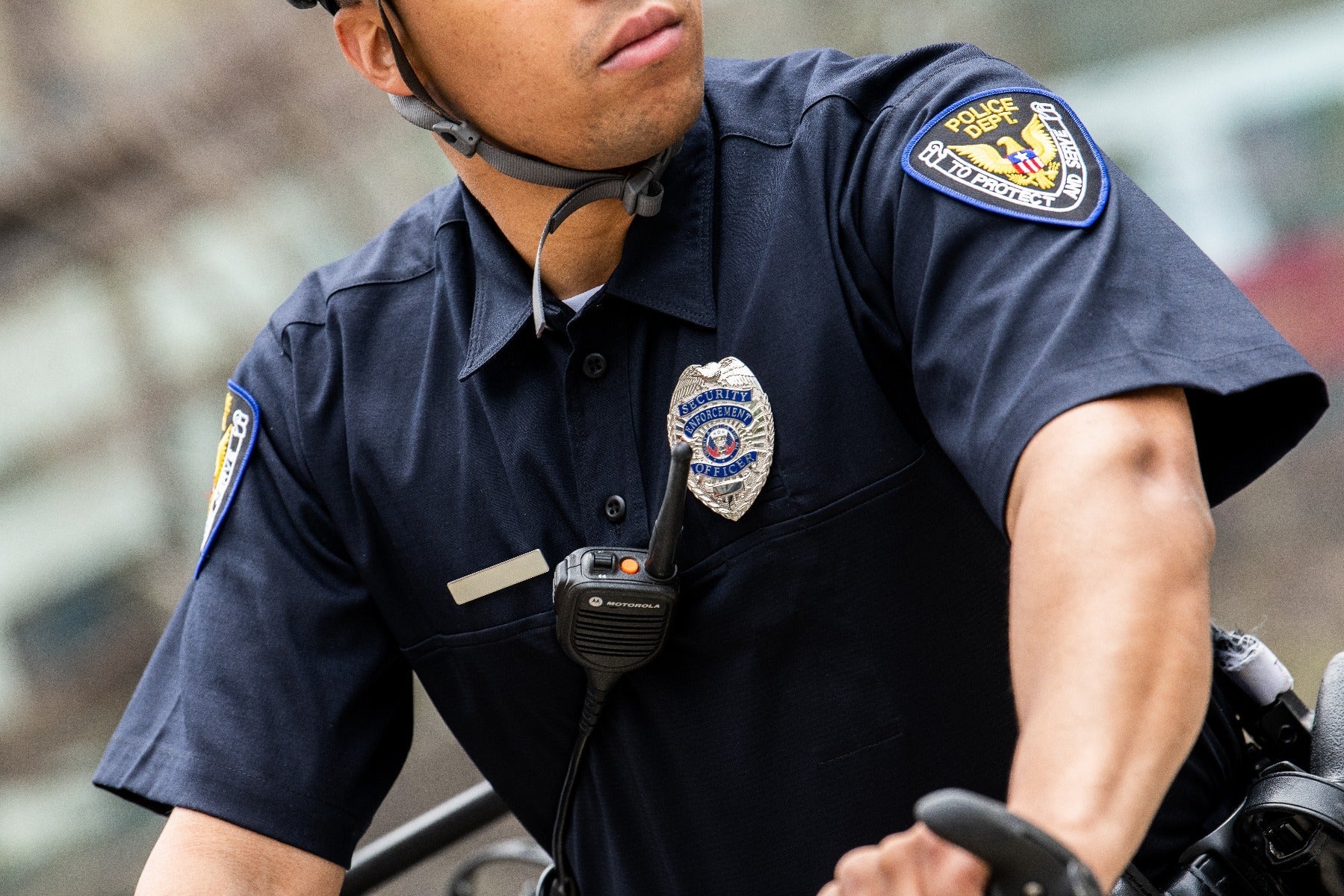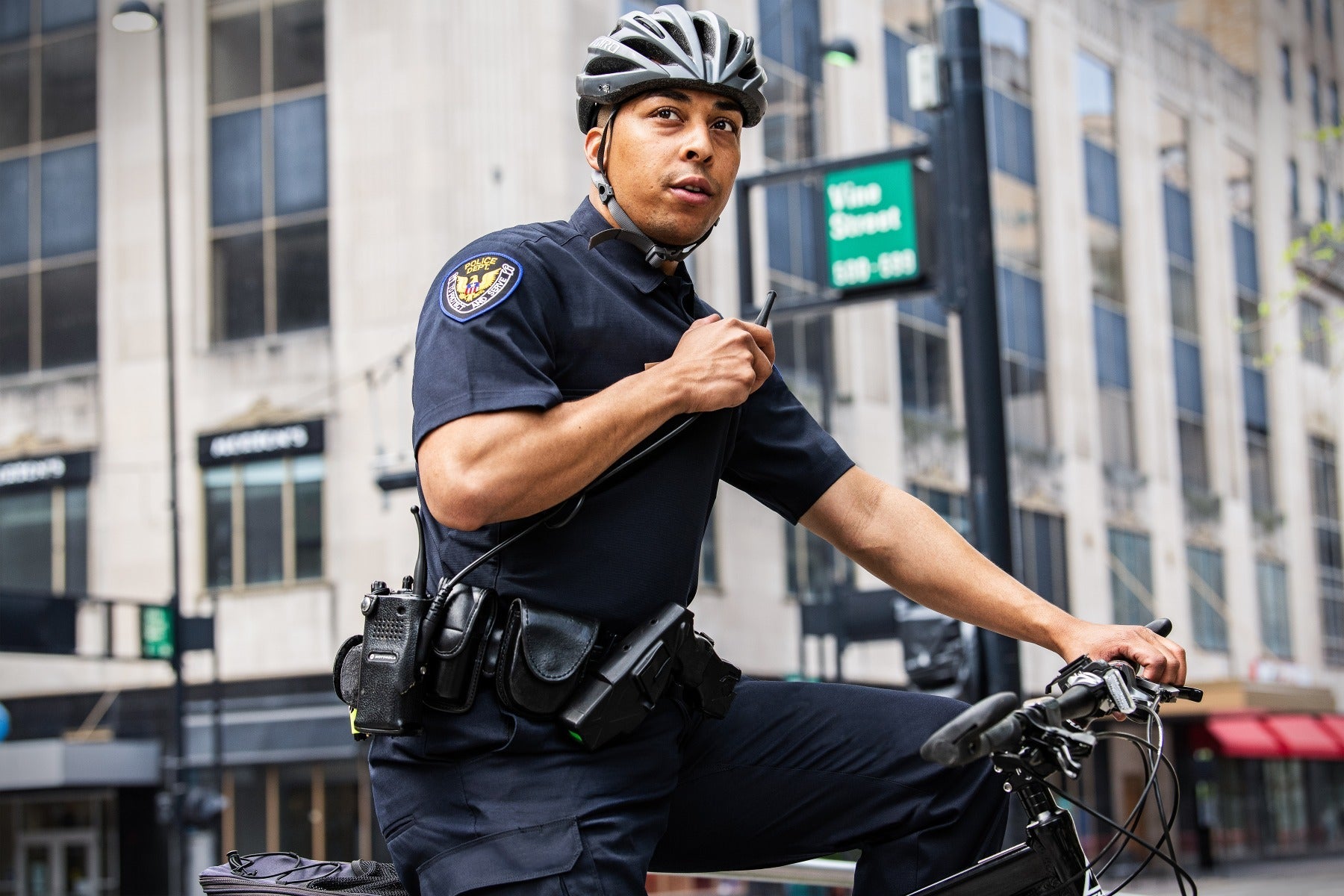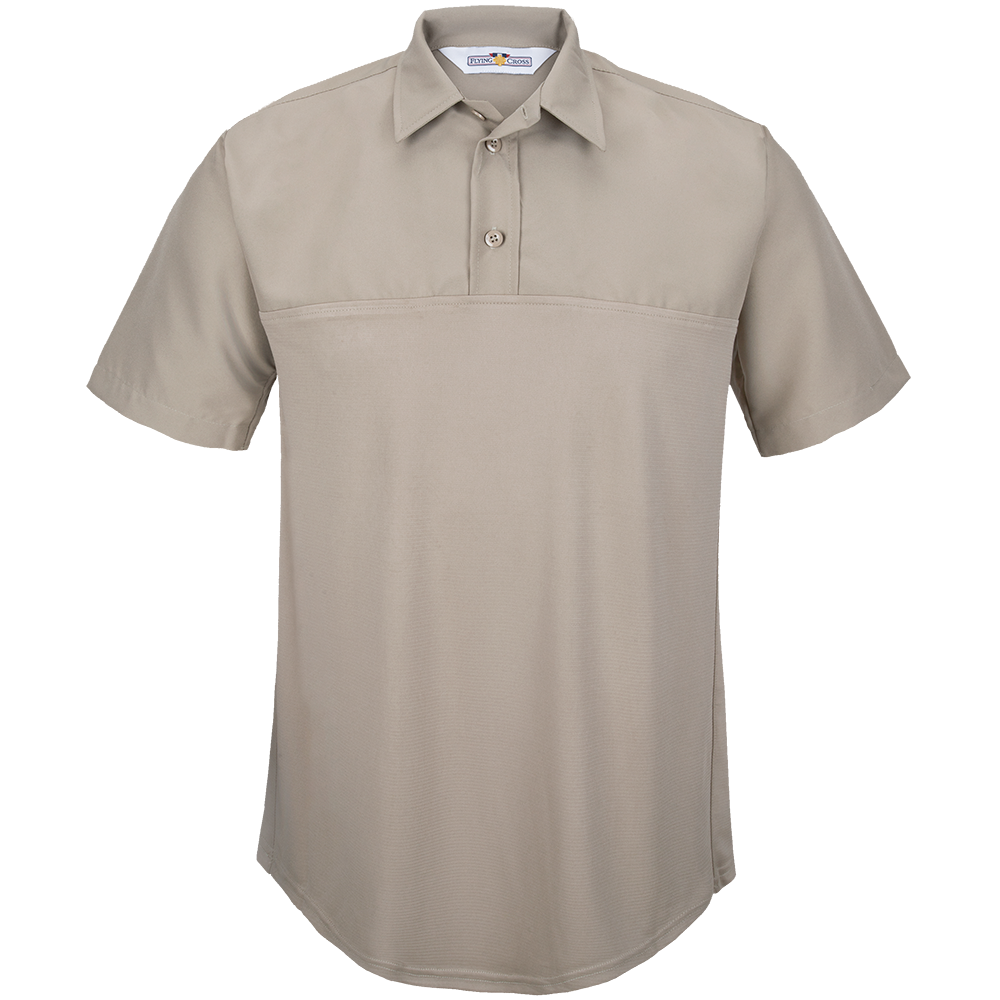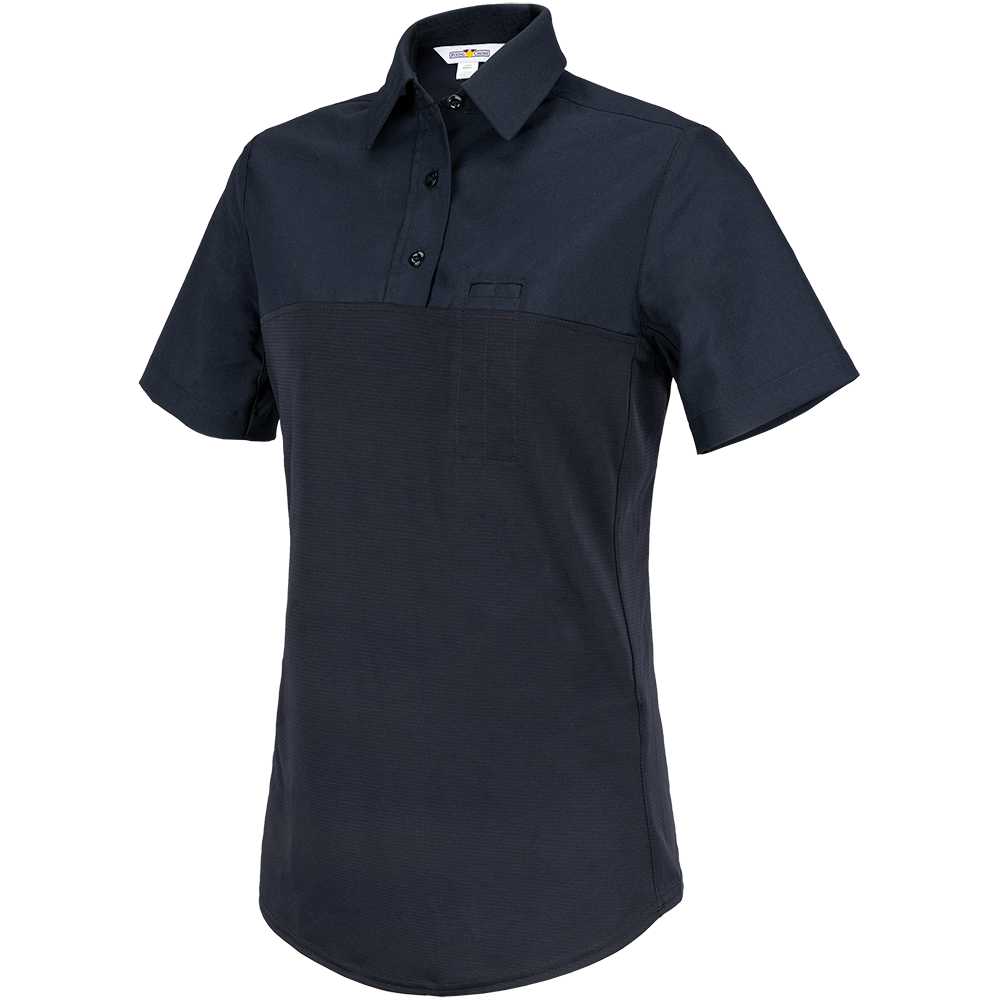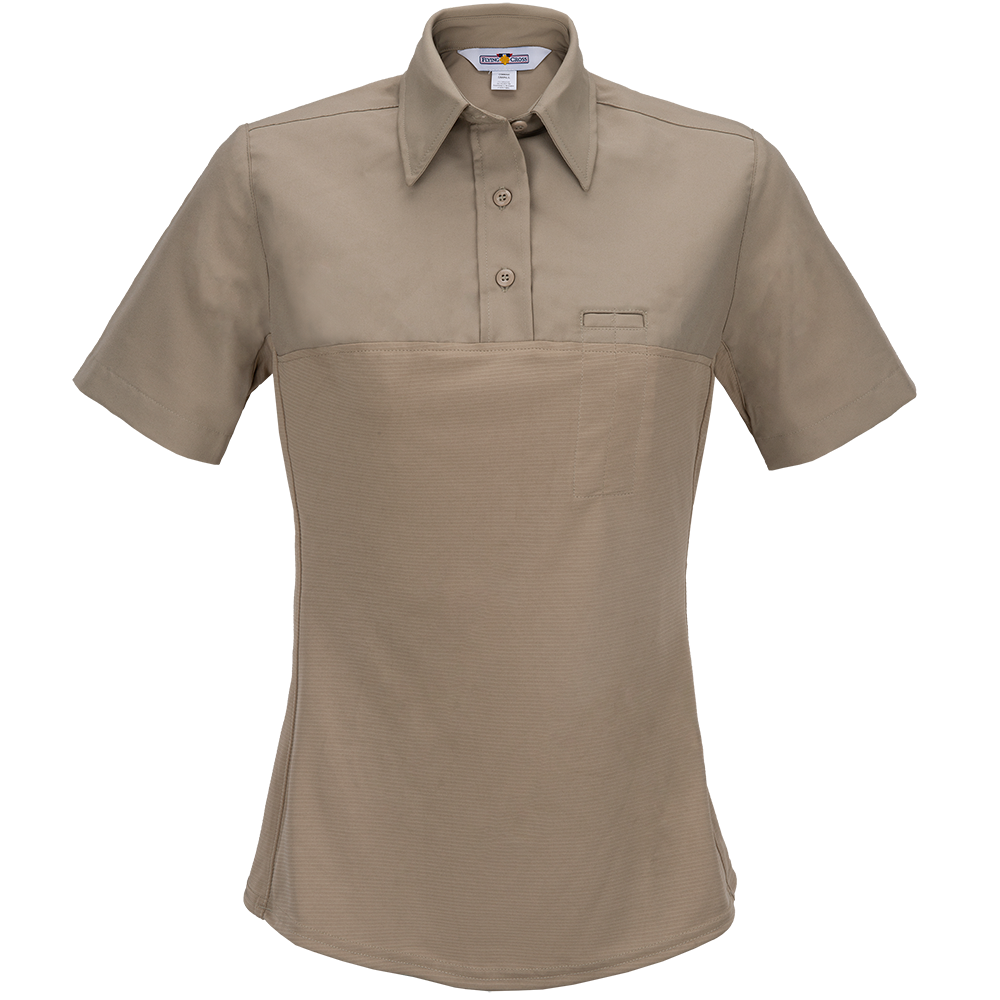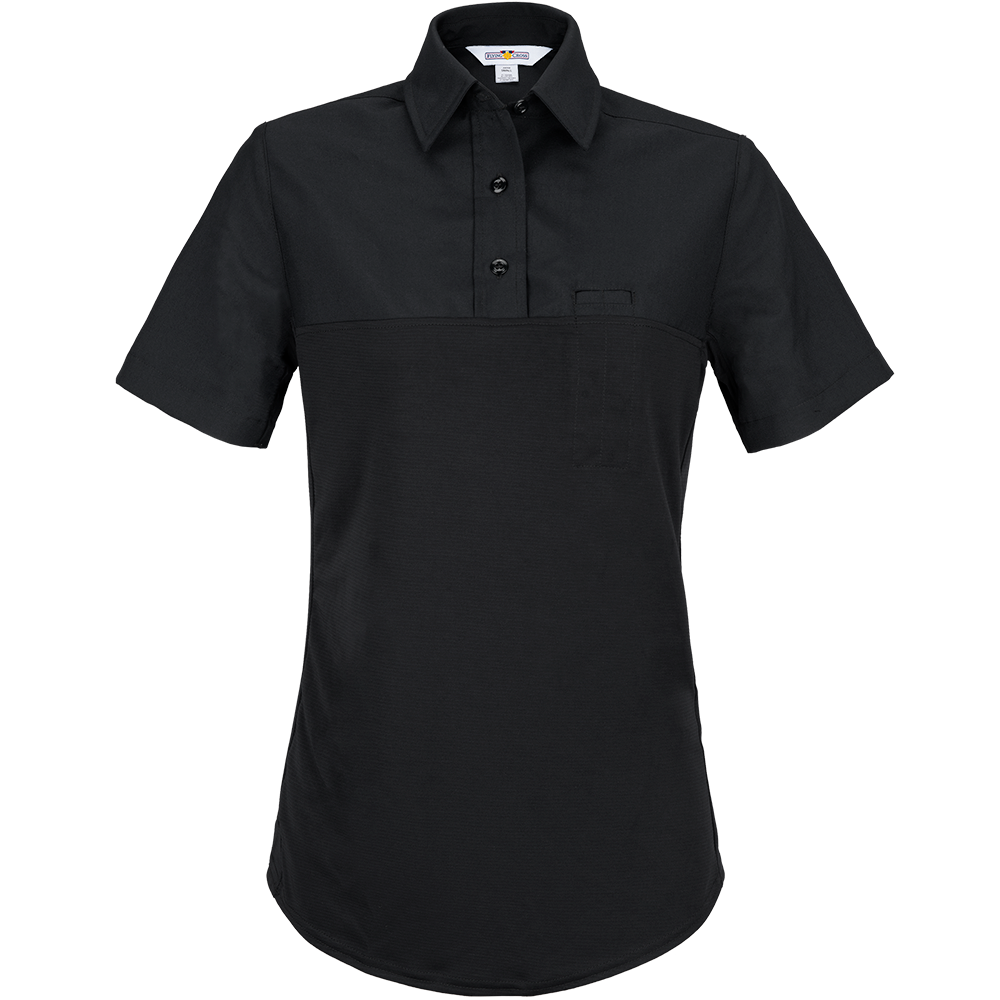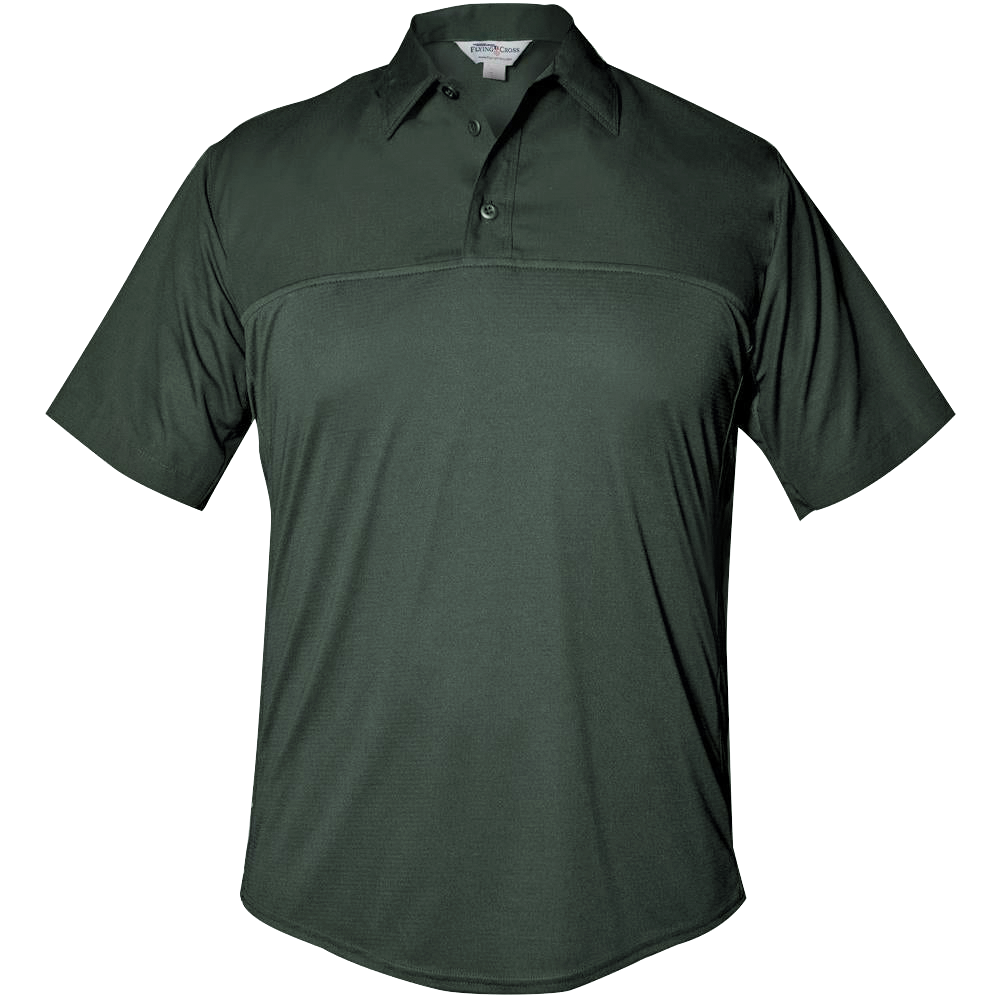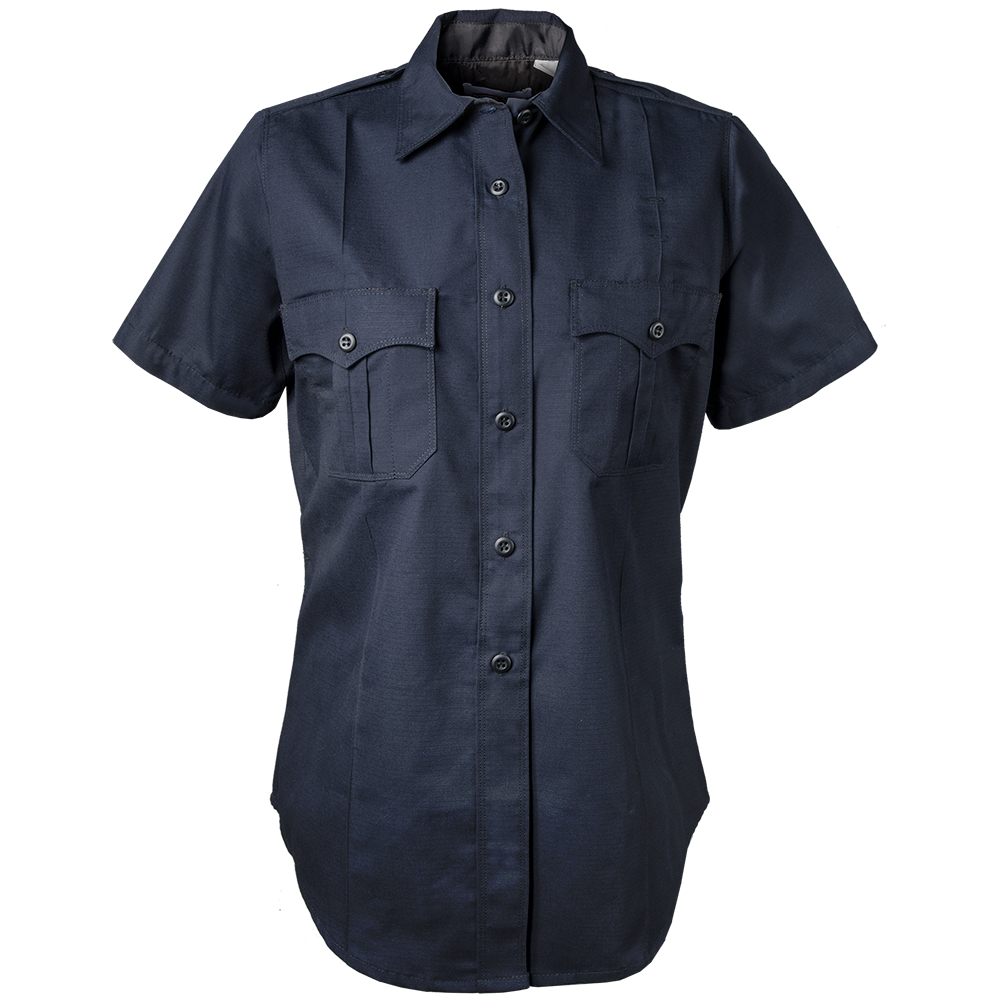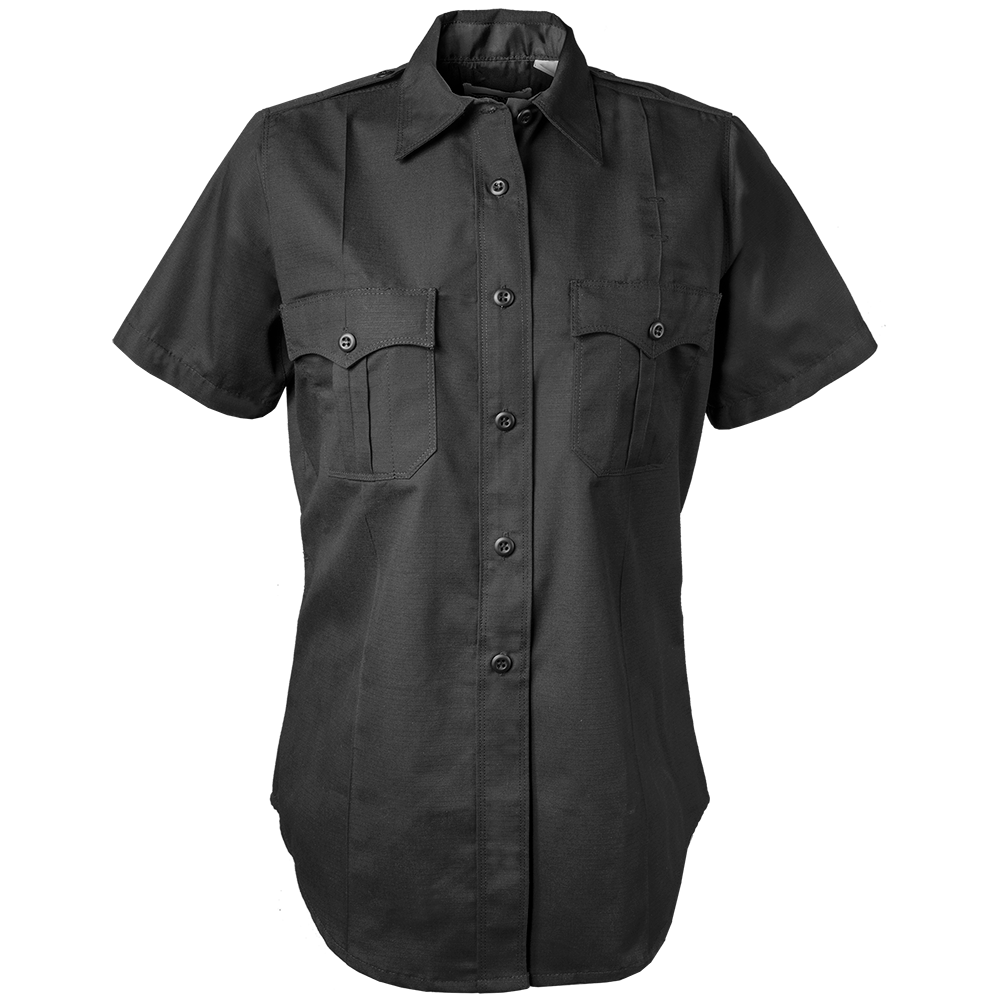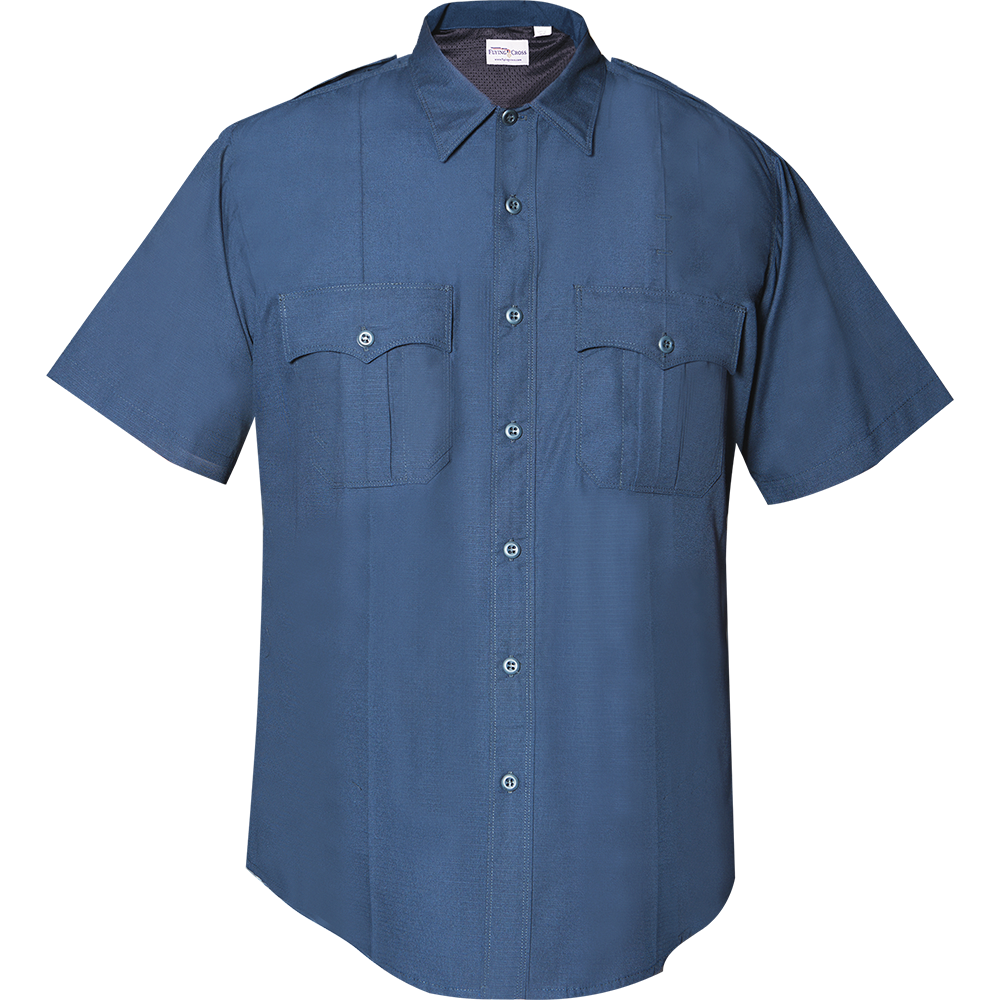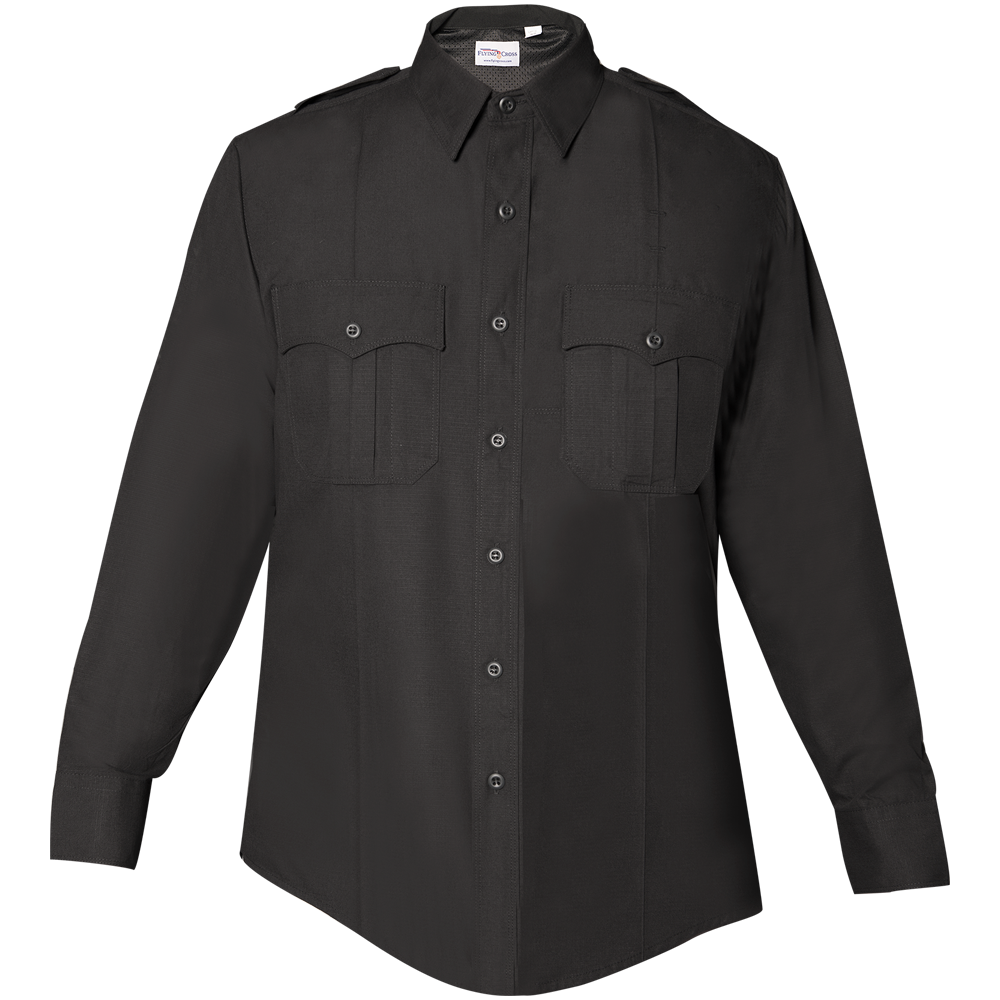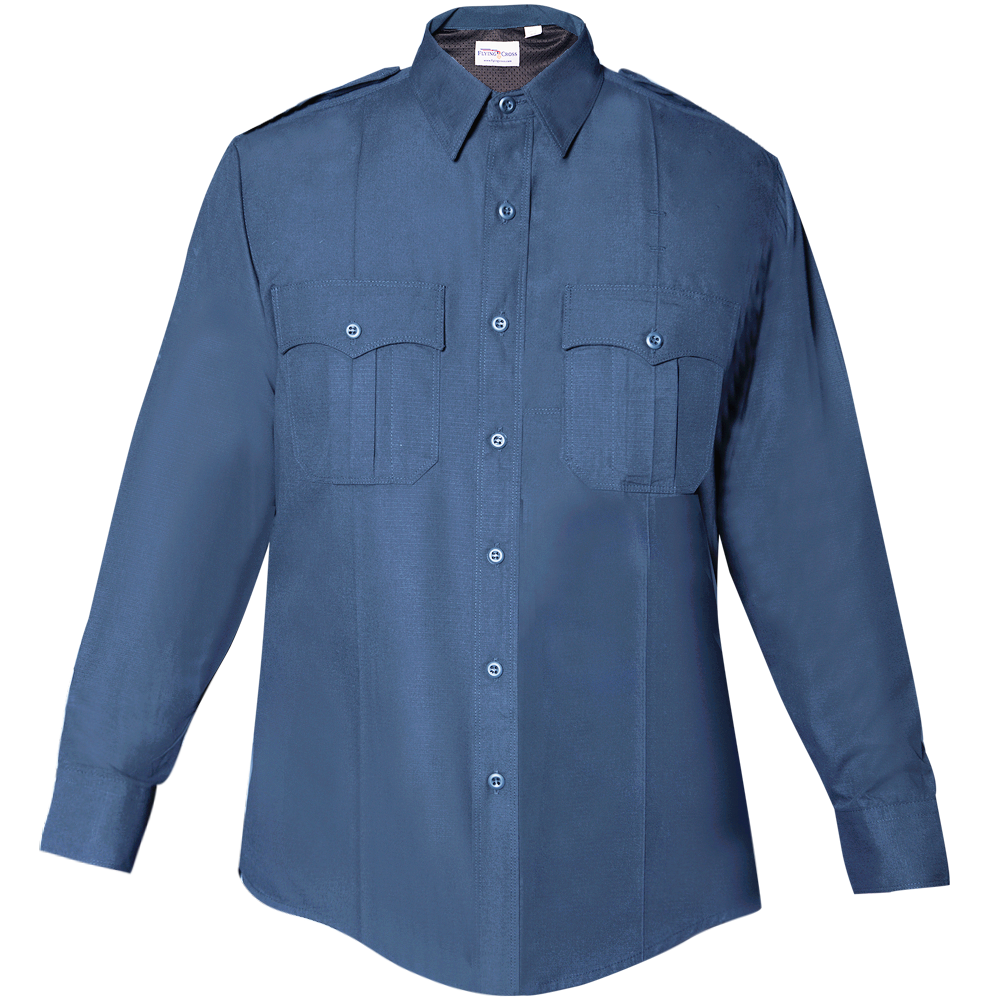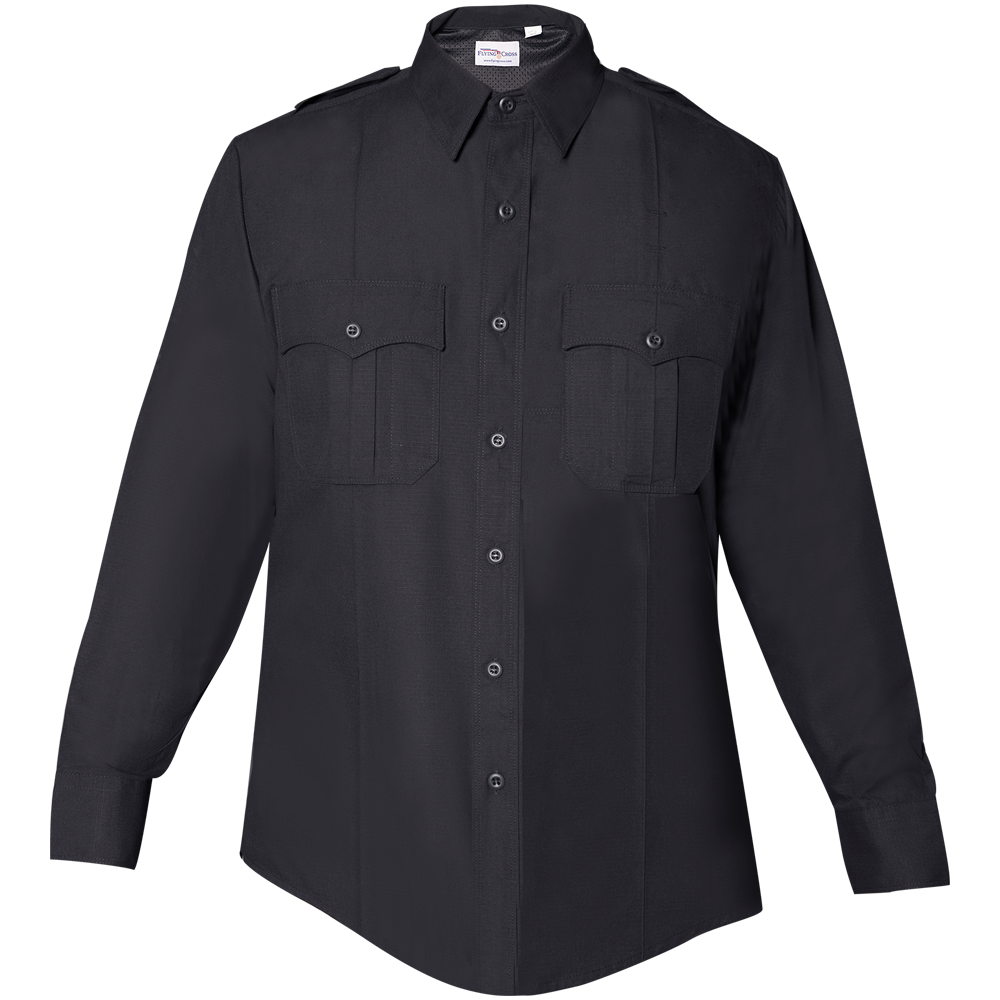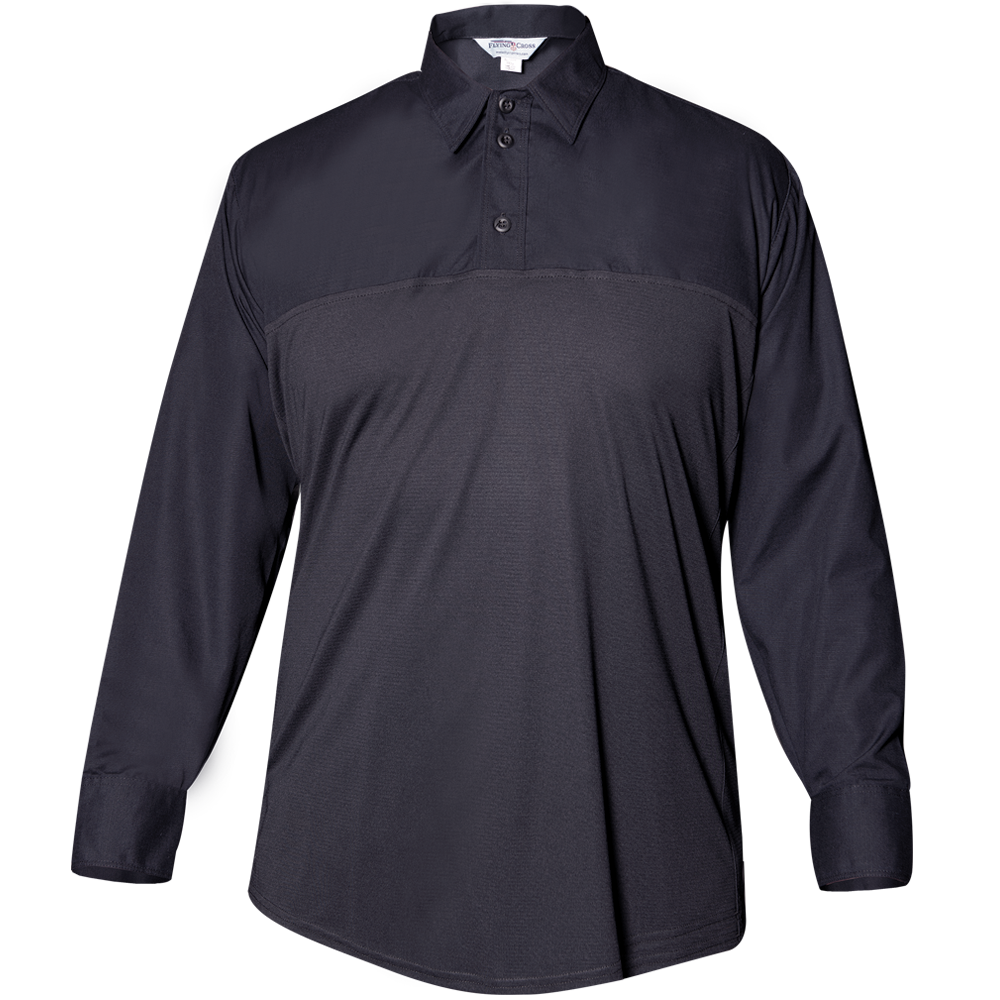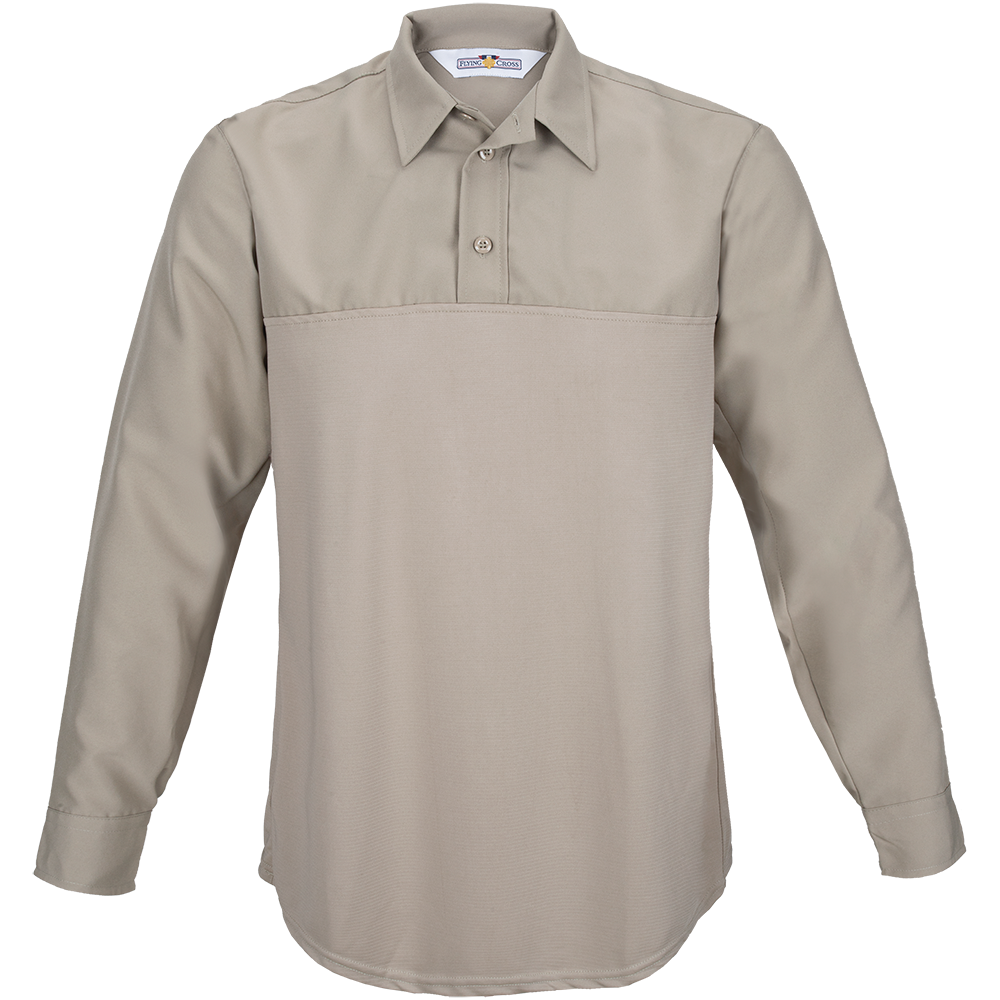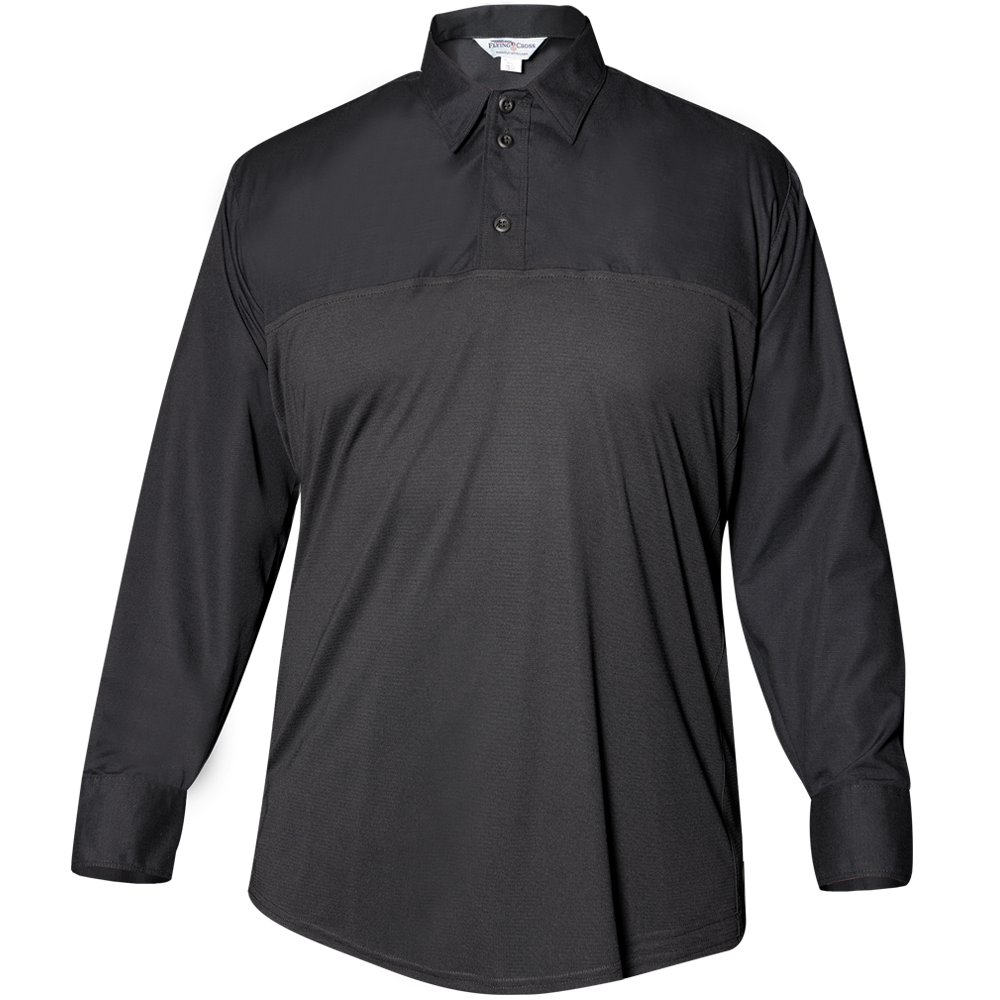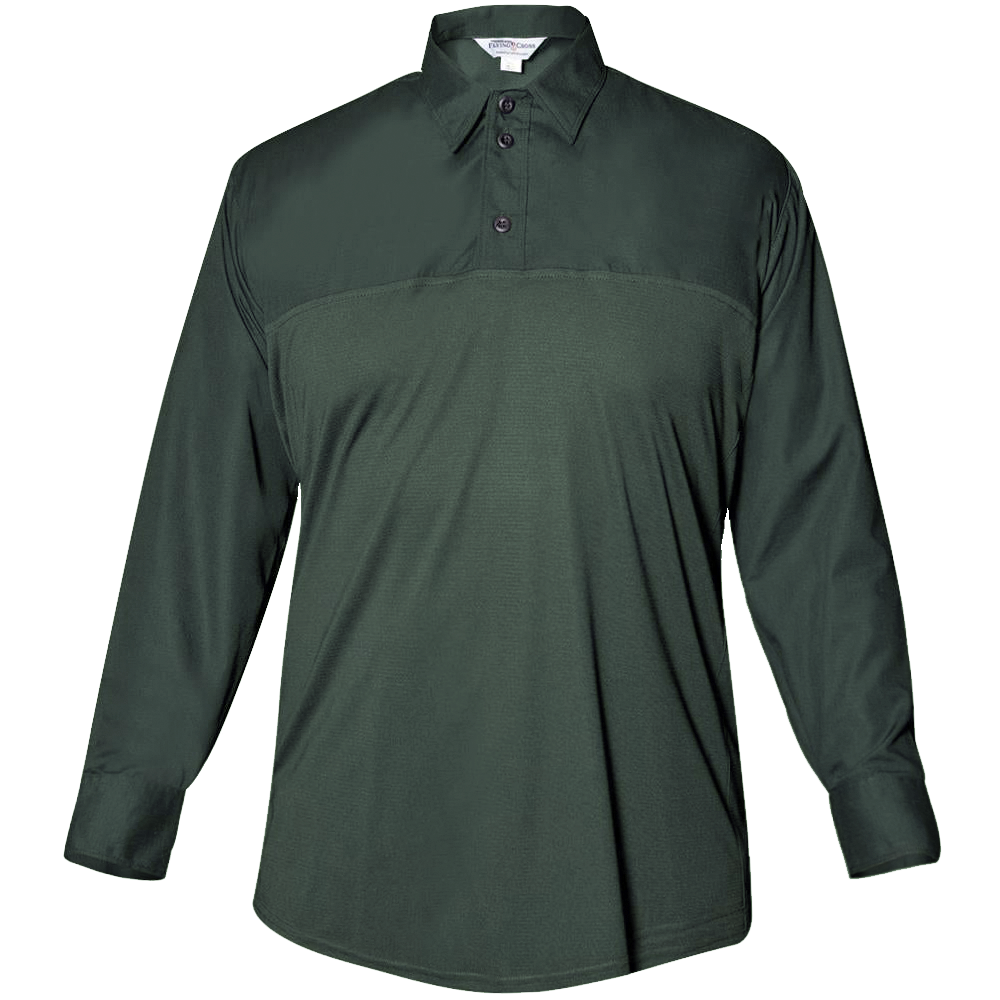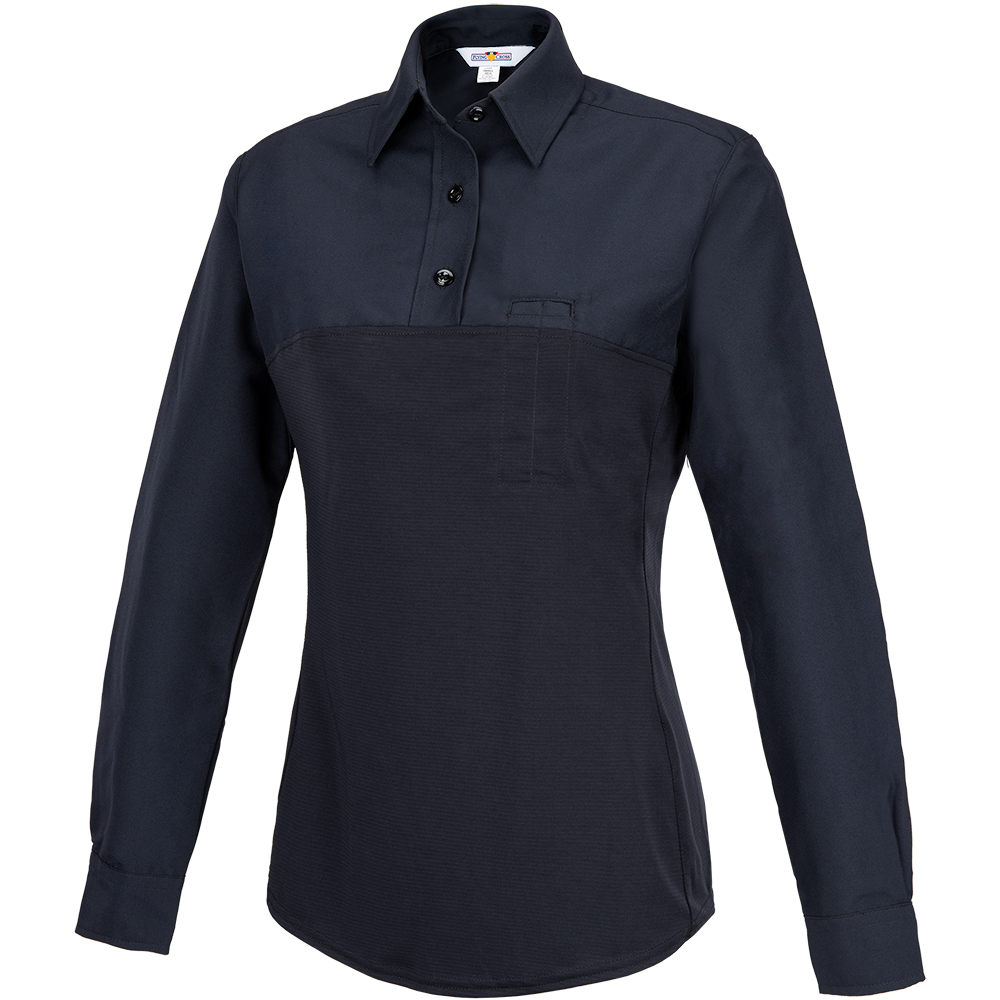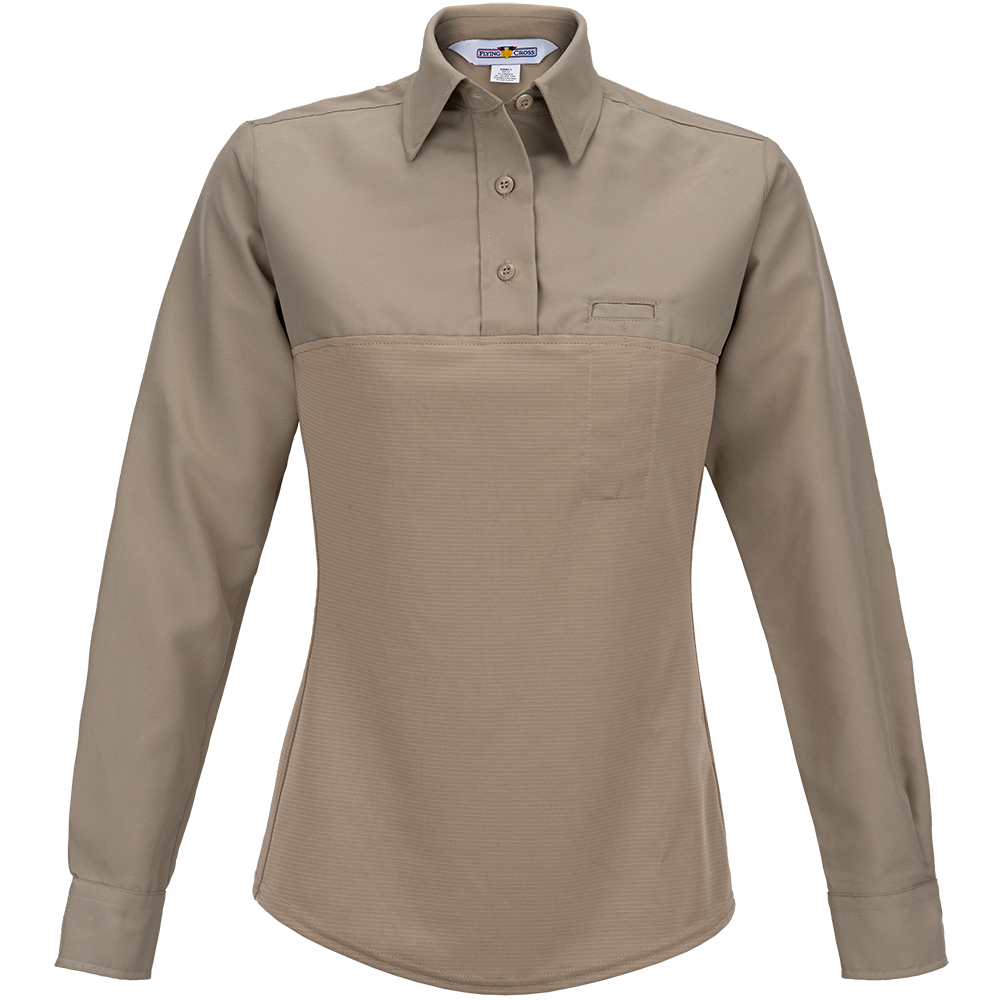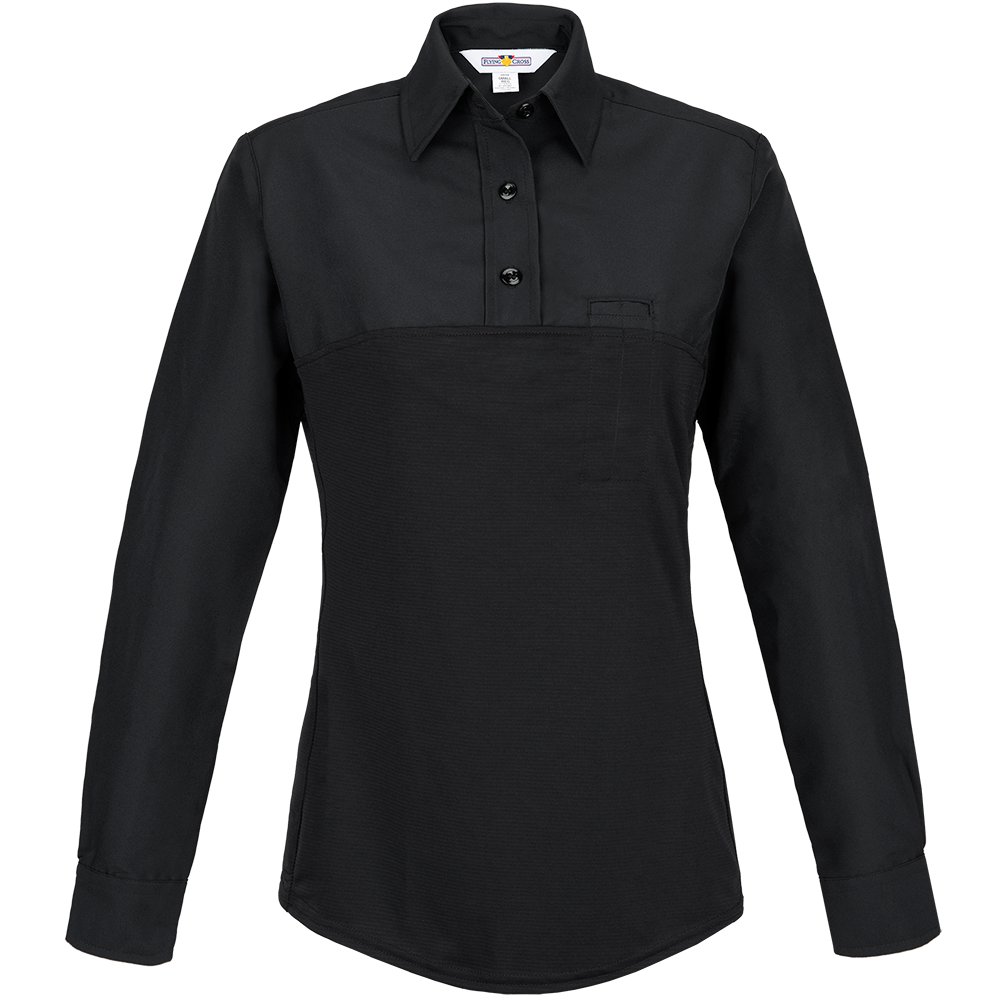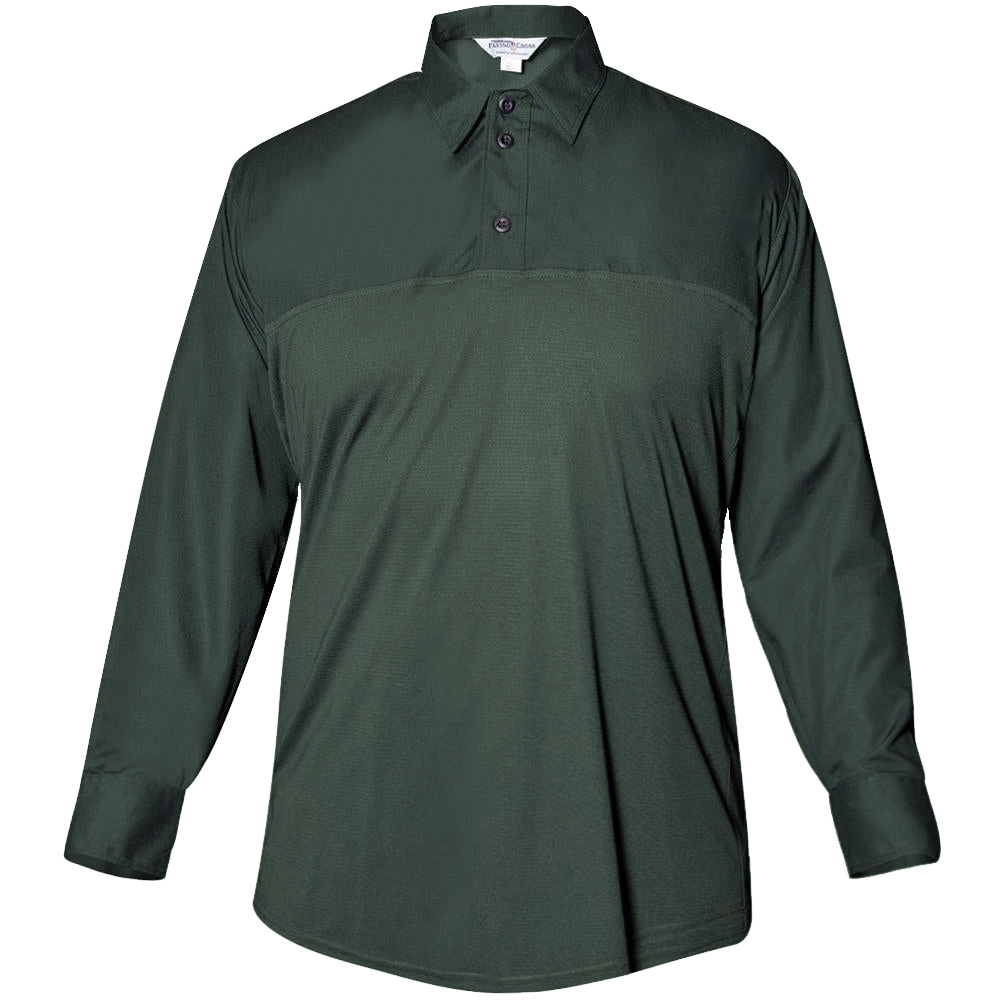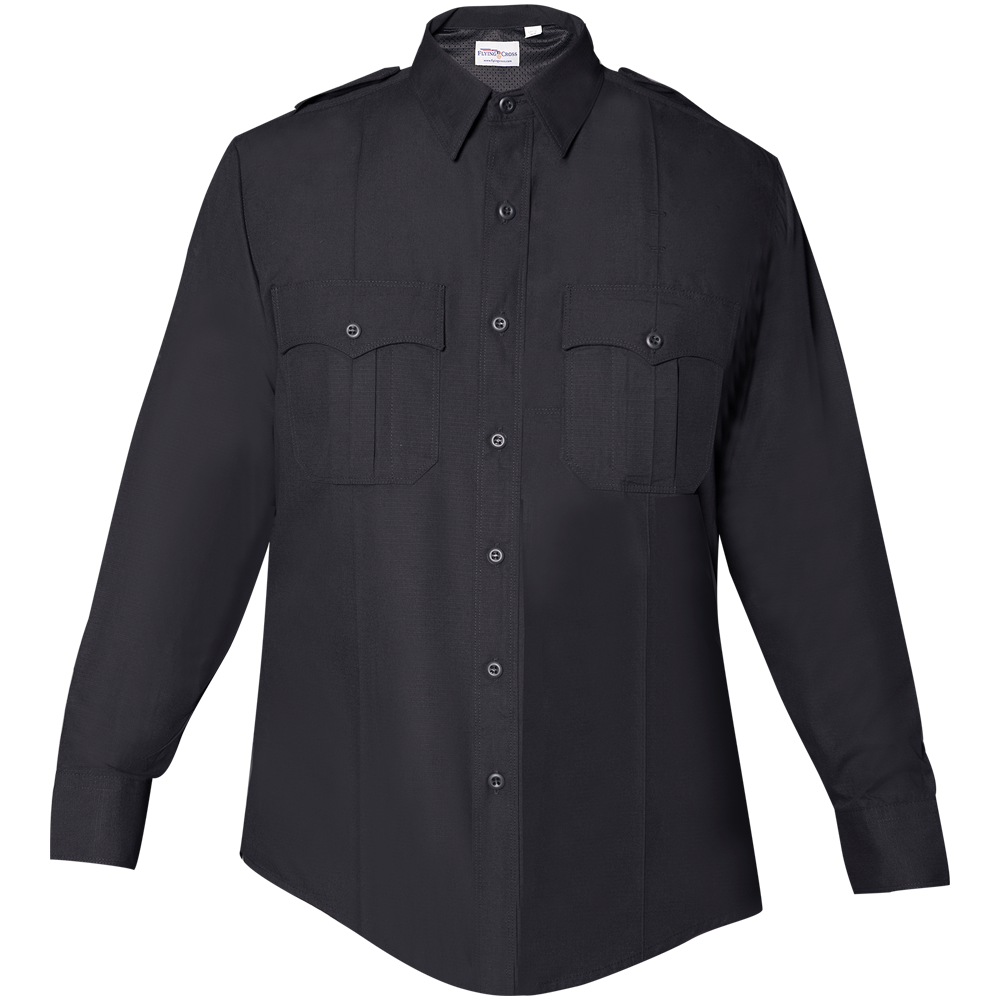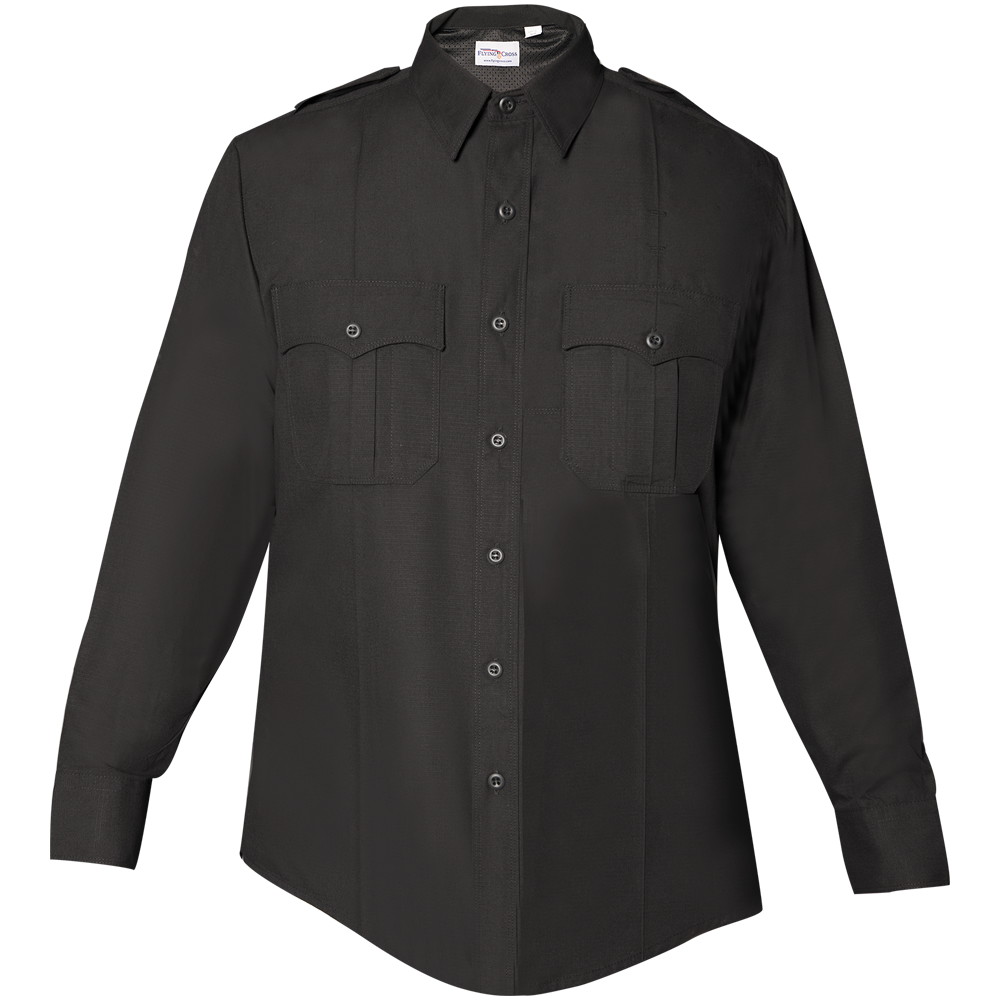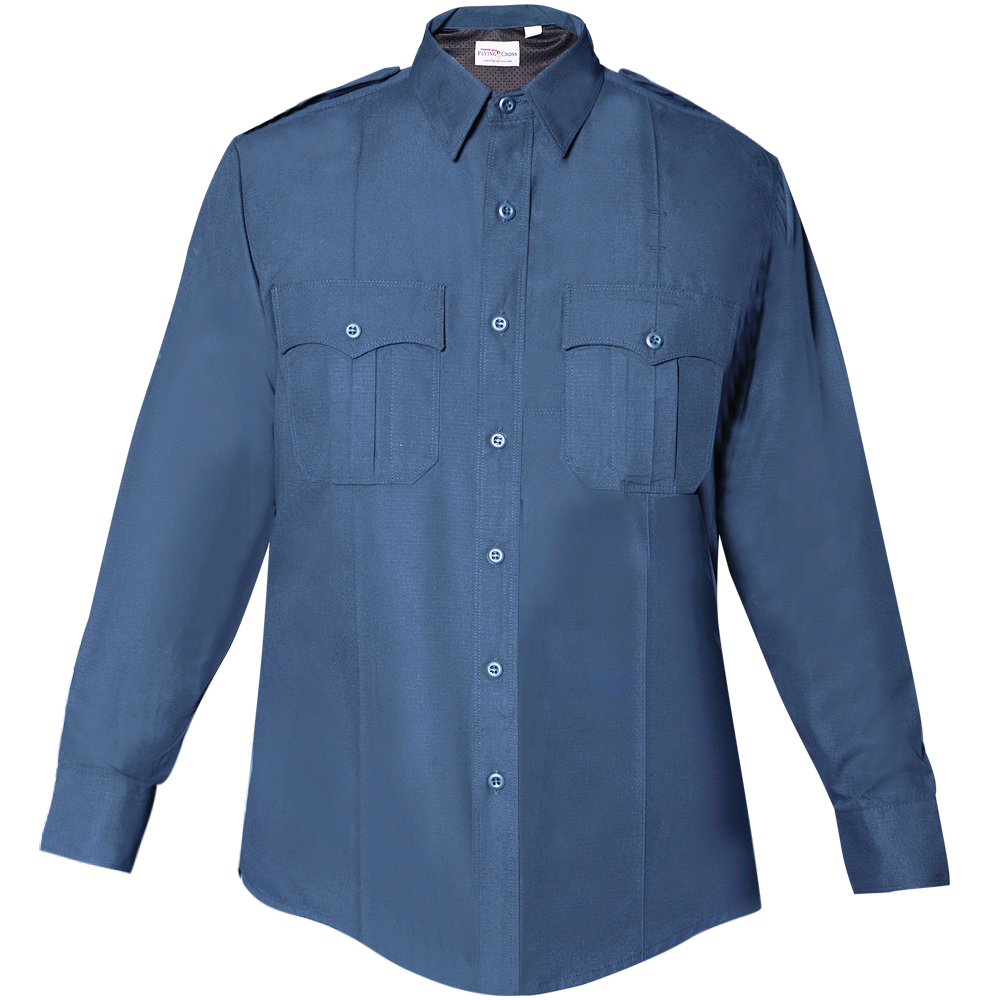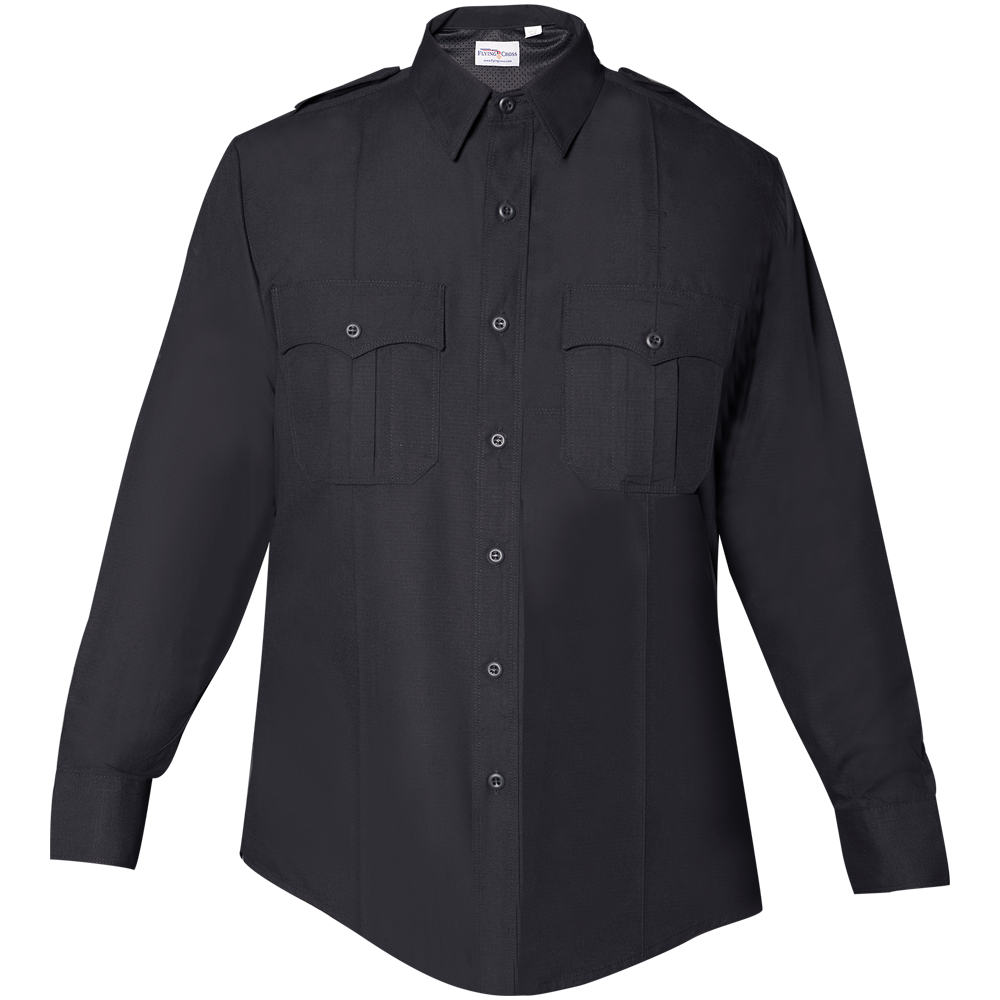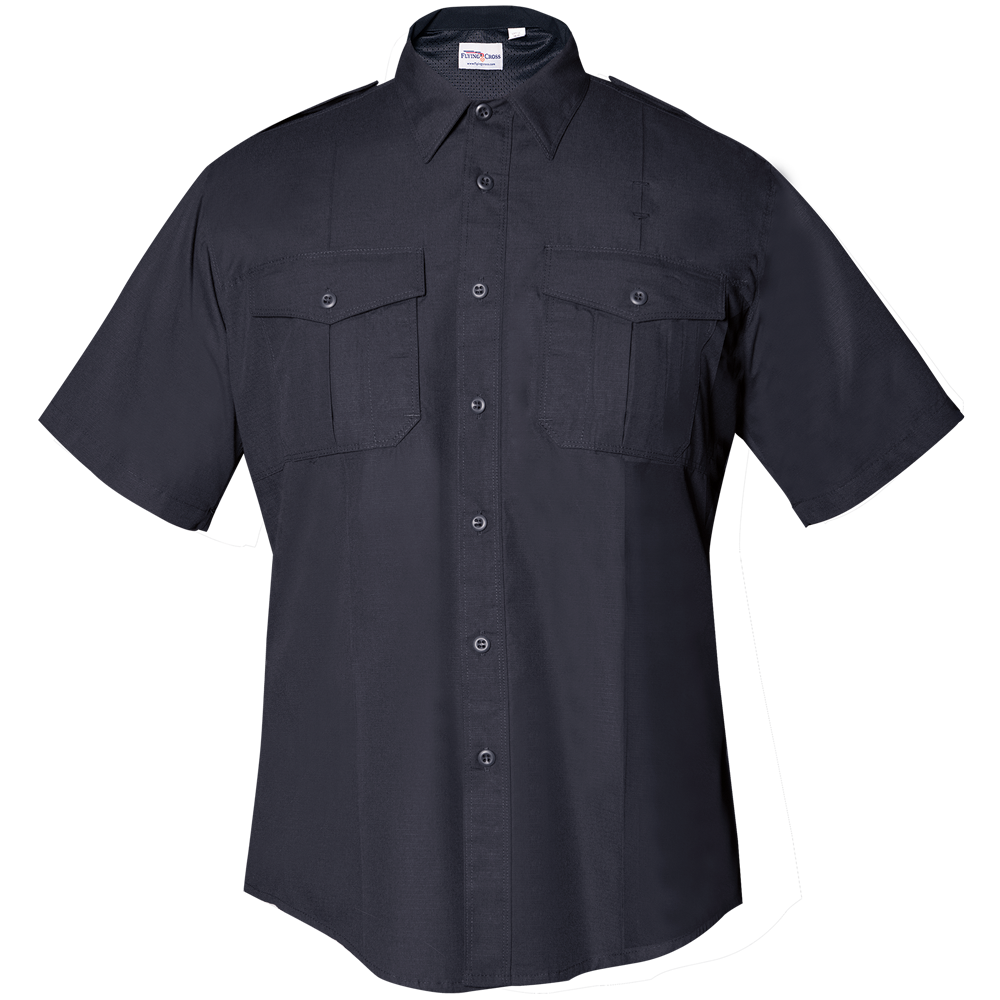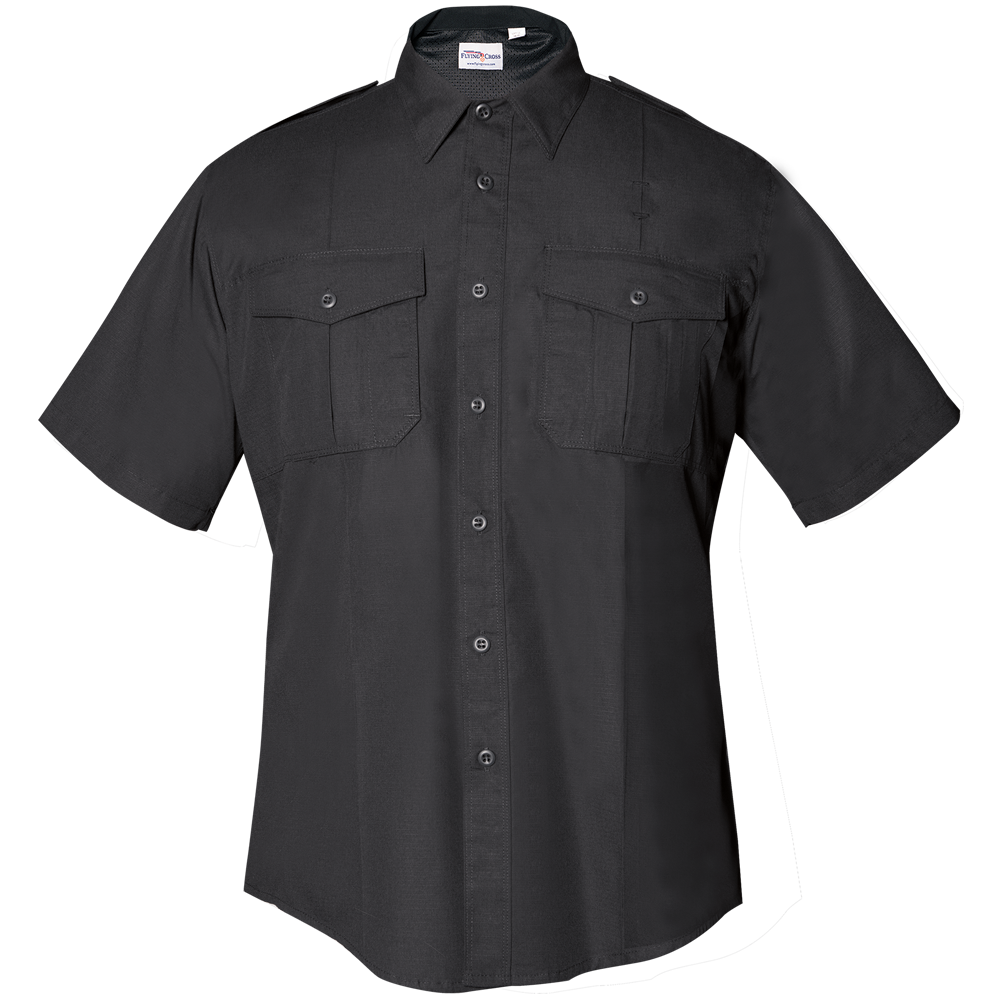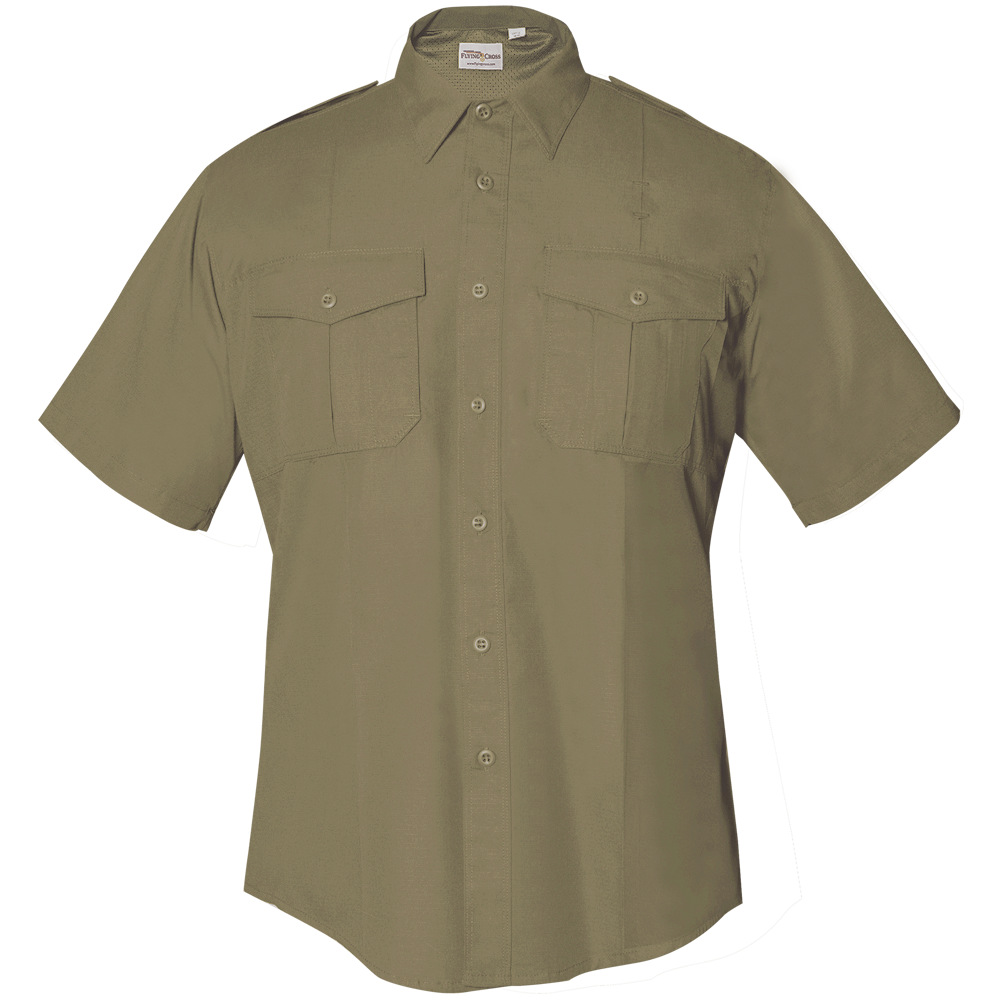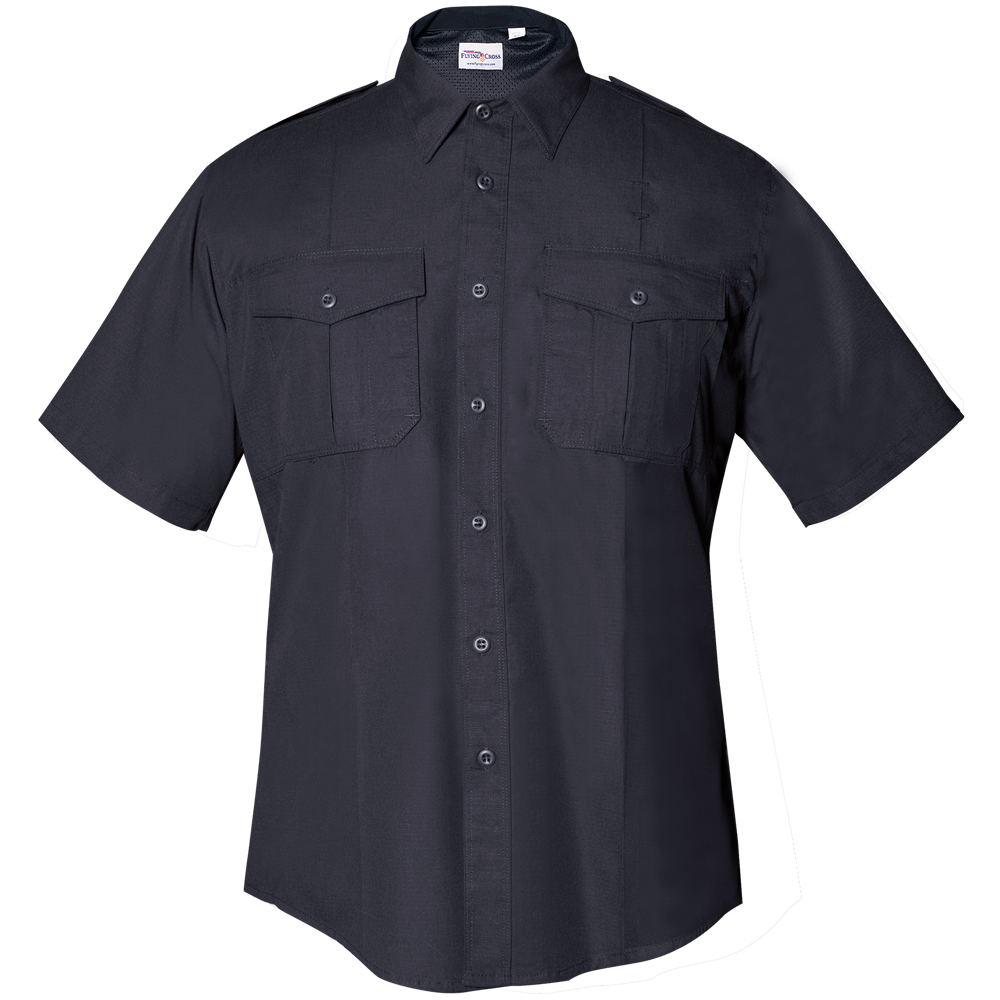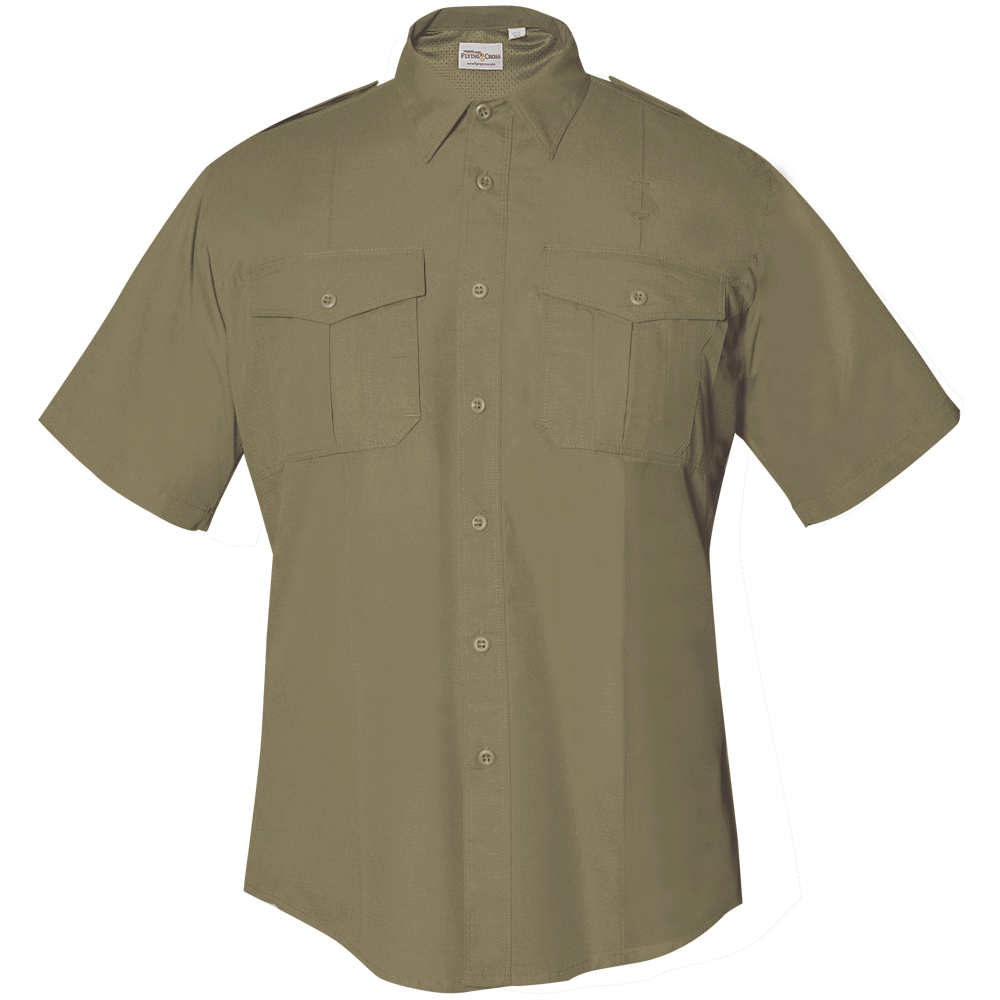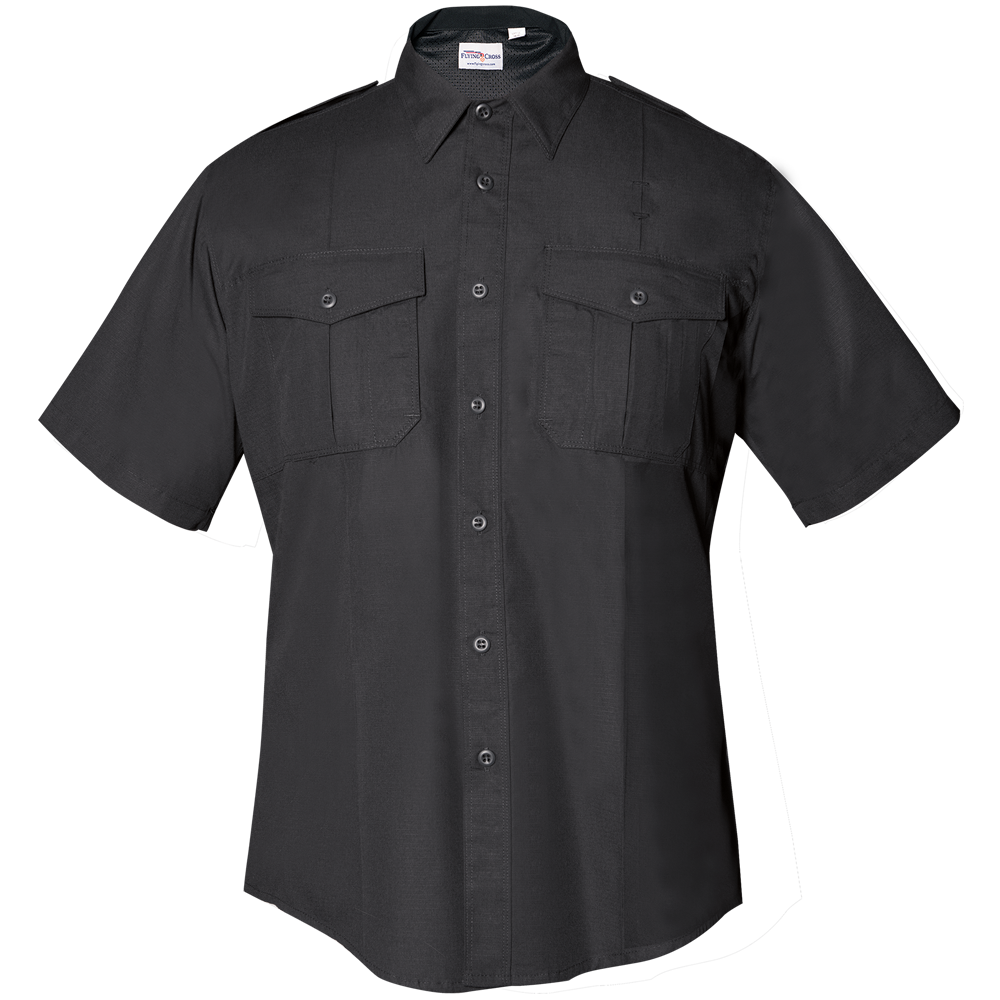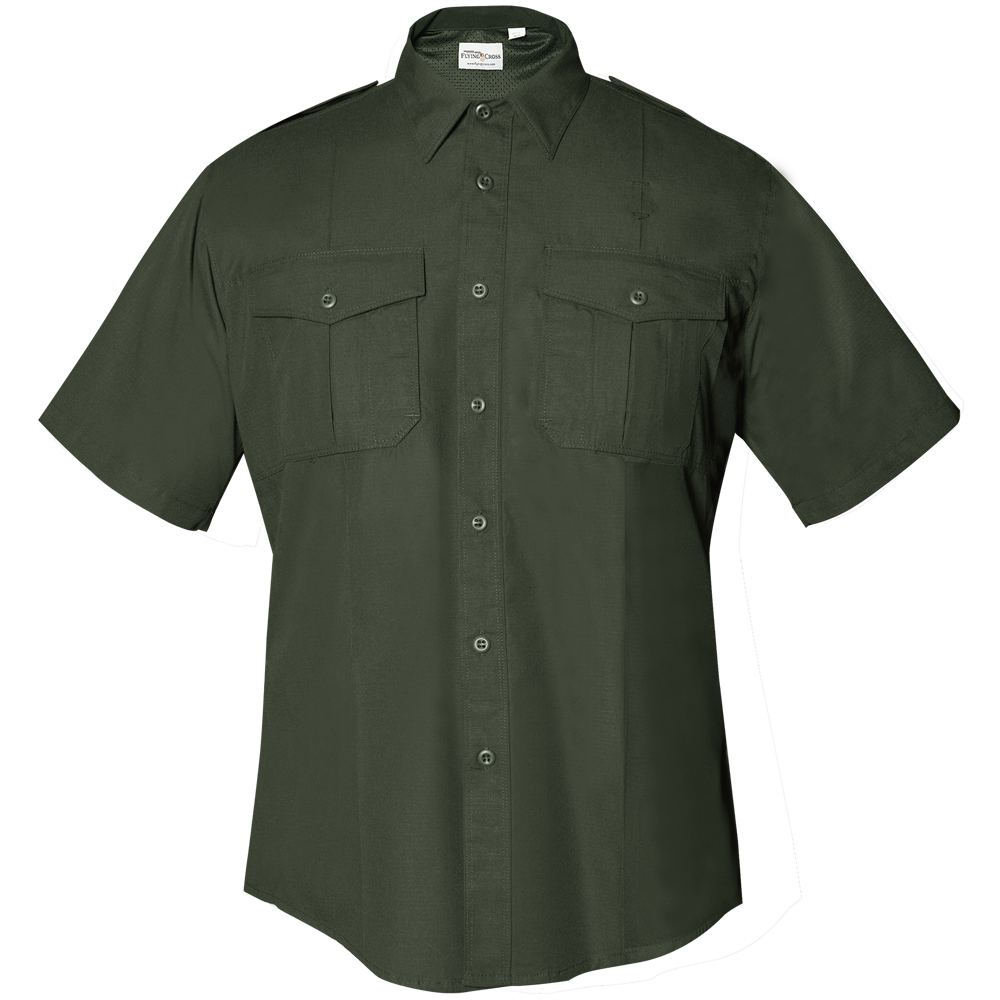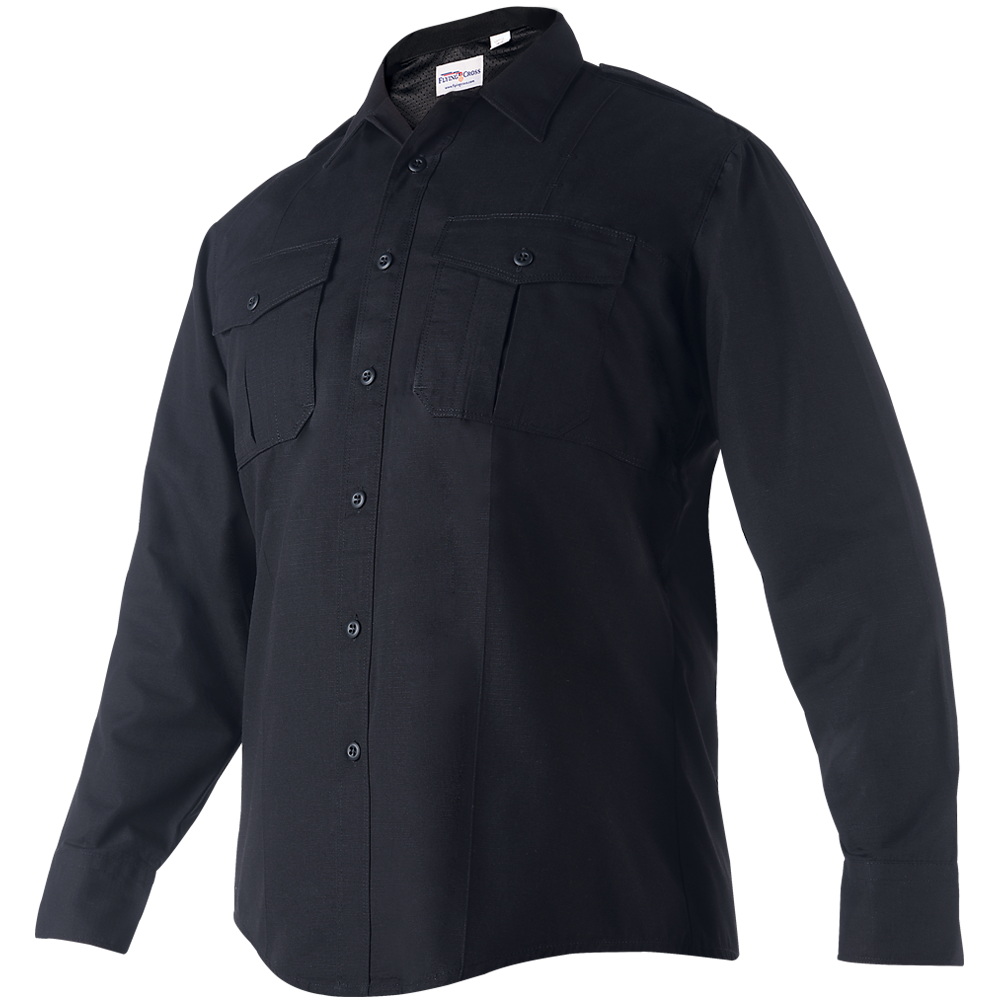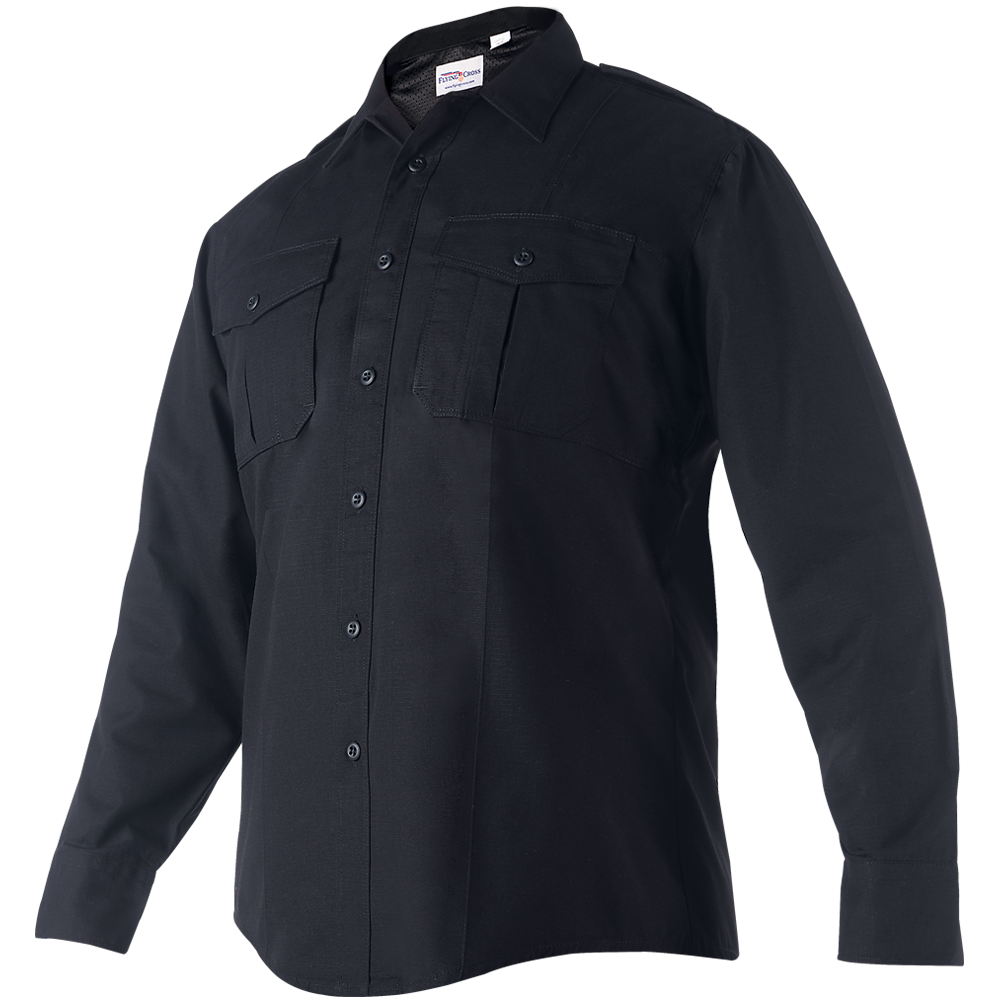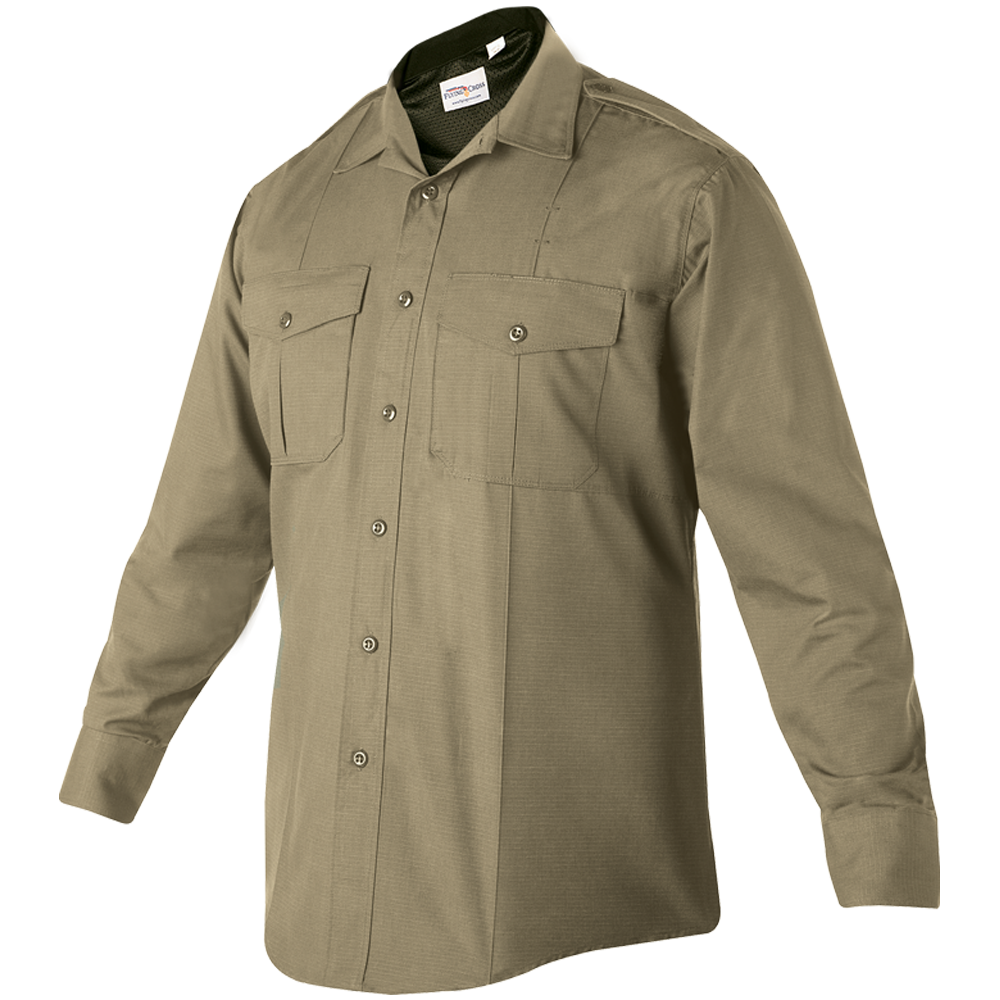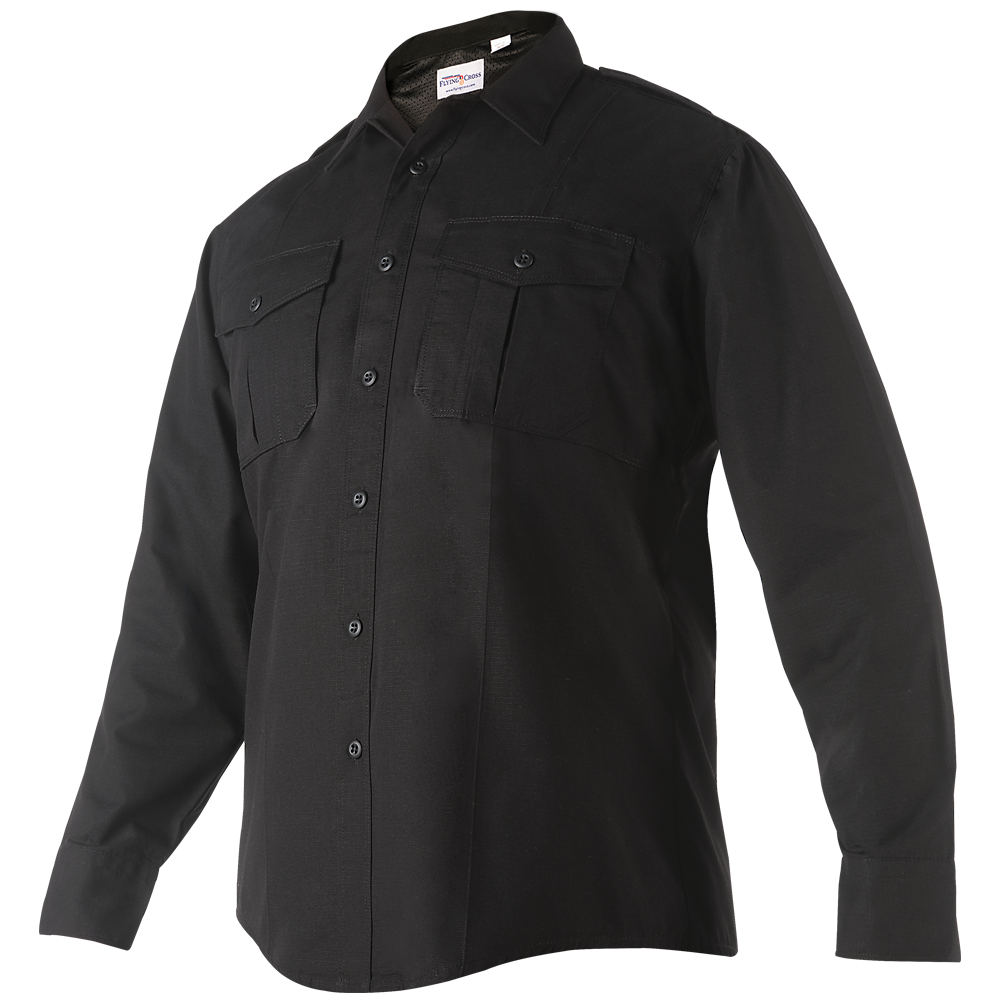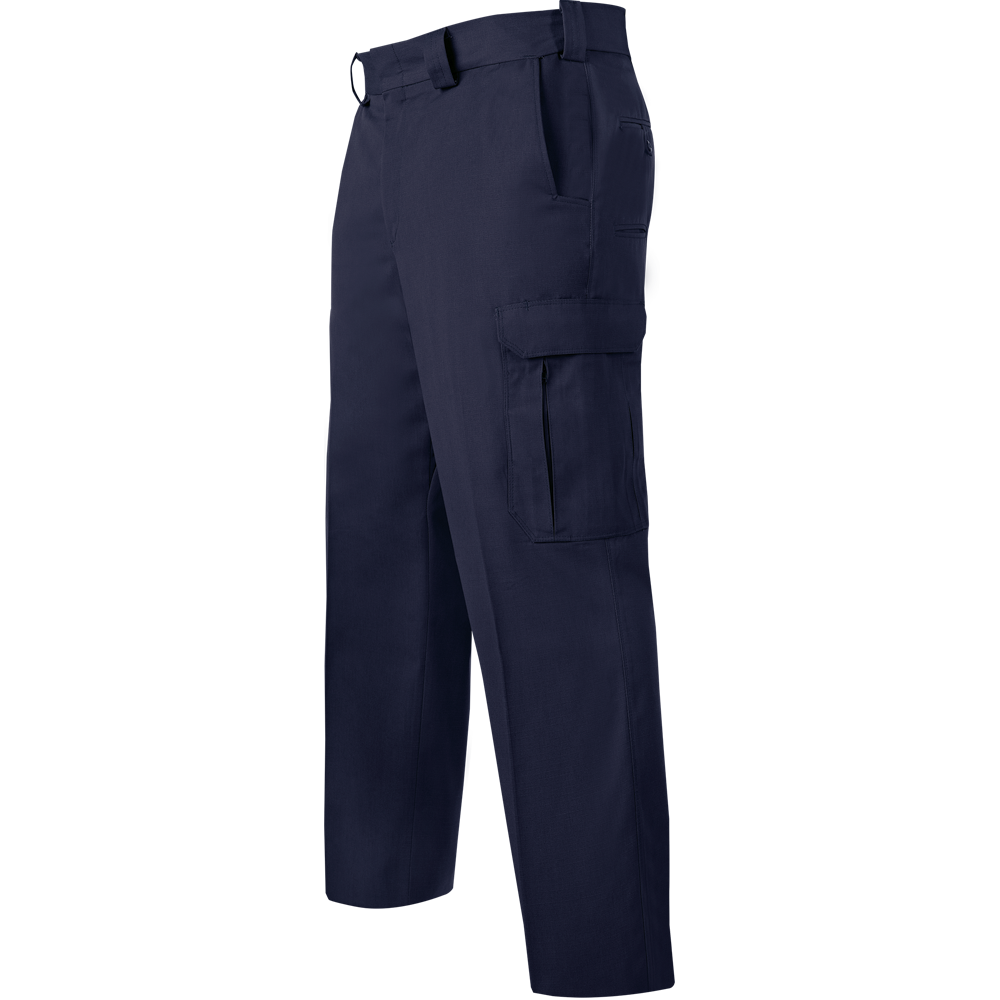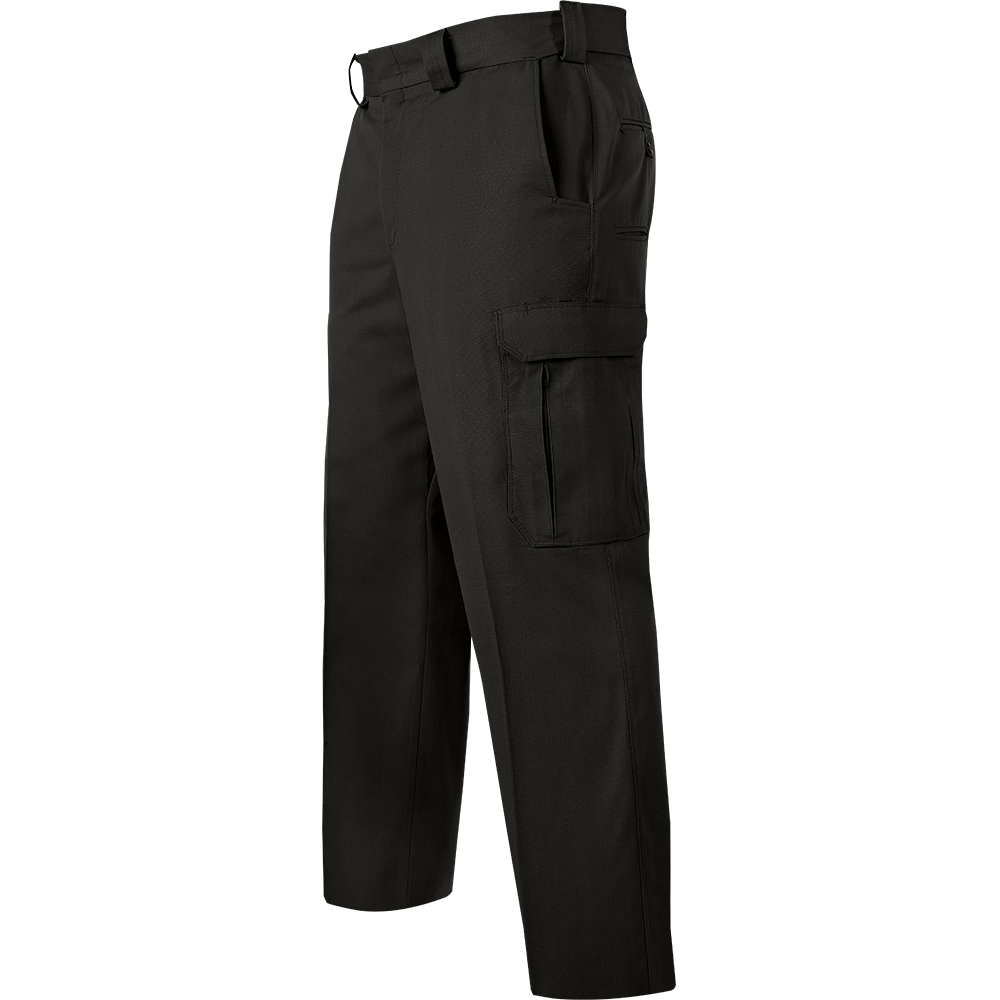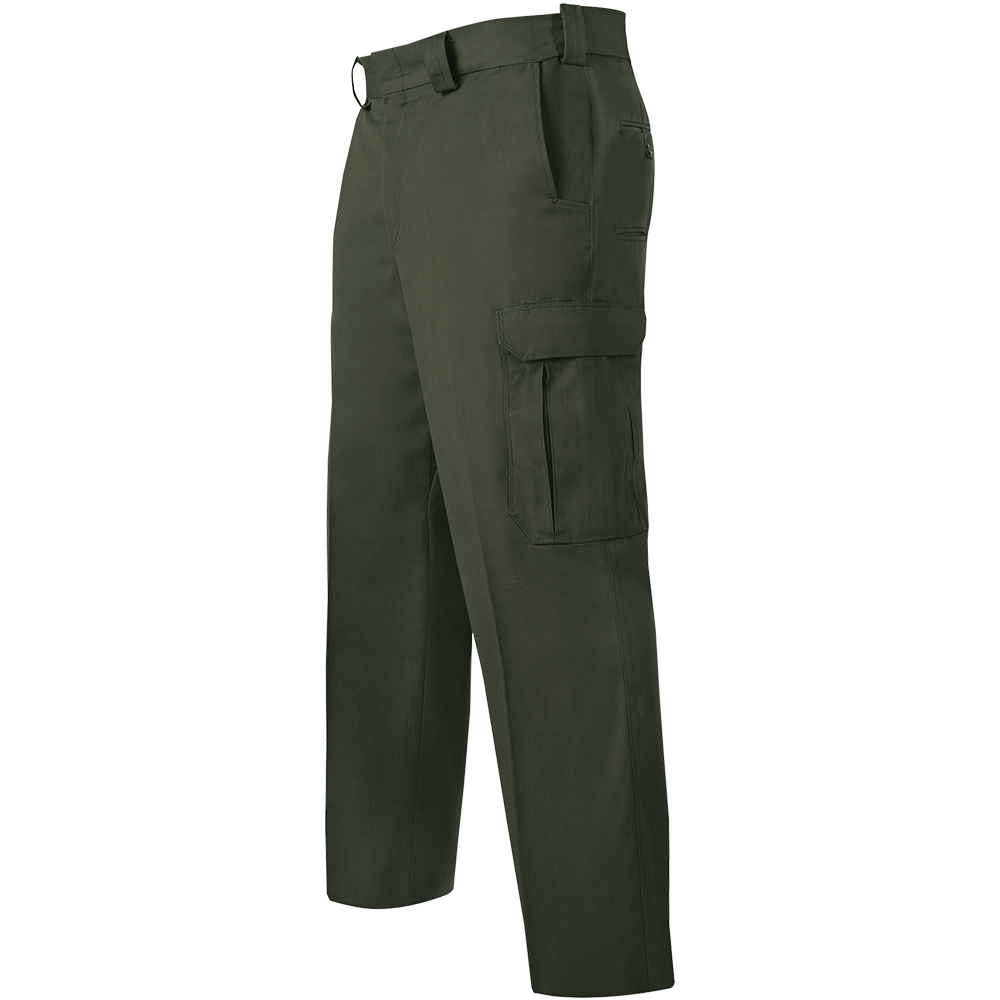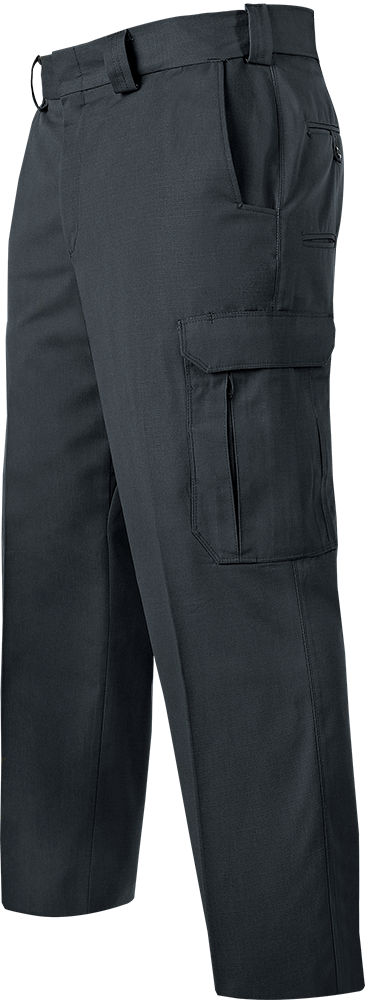When evaluating firefighter station wear, you're looking for a blend of comfort, durability, professionalism, and most importantly, an often-overlooked layer of protection. Unlike turnout gear, which is for direct fire suppression, station wear is the everyday uniform. However, it still plays a crucial role in an environment where unexpected thermal exposure can occur. Here's what to look for:
1. Flame Resistance (FR) Certification - The Most Crucial Factor:
- NFPA 1975 Compliance: This is paramount. Look for station wear that is certified to NFPA 1975, "Standard on Emergency Services Work Apparel." This standard ensures the garments are made from flame-resistant (FR) or thermally stable materials that won't melt, drip, or ignite when exposed to heat or flame. While it's not a primary protective garment like turnout gear, it provides a vital additional layer of safety underneath, preventing or minimizing burns if exposed to heat. Flying Cross offers two FR certified uniforms collection to meet the needs of fire professionals.
2. Comfort & Mobility (Because Firefighters Live in Them):
- Breathability: Firefighters spend long shifts in their station wear, often in warm environments. Look for fabrics that allow for good airflow and help regulate body temperature, preventing overheating and discomfort.
- Moisture-Wicking Properties: Fabrics that wick sweat away from the body keep the wearer dry and comfortable, especially important when transitioning from light duty to a more strenuous call.
3. Fit and Cut:
- Freedom of Movement: The uniform should allow for a full range of motion without restriction, crucial for unexpected physical demands. Look for features like gusseted crotches or articulated knees in pants.
- Gender-Specific Fits: Flying Cross offers station wear designed specifically for women, with improved fits for better comfort and appearance.
- Softness: While durable, the fabric shouldn't be stiff or abrasive. A softer feel enhances comfort during long shifts.
4. Durability & Construction:
- Reinforced Stitching: Look for double or triple-needle stitching, especially at stress points like seams, pockets, and belt loops, to ensure the uniform holds up to rigorous daily wear and washing.
- Reinforced Pockets: Pockets should be strong enough to hold equipment without tearing or sagging. Cargo pockets with secure closures are a common and useful feature on pants.
- Color Retention: Ensuring a professional look over the garment's lifespan.
5. Professional Appearance:
- Clean Lines and Creases: Many departments prefer station wear with sewn-in or permanent creases (often achieved through specialized pressing processes) to maintain a crisp, professional look with minimal ironing.
- Ability to Display Insignia: Shirts should have proper provisions for collar brass, badges, nameplates, and shoulder patches.
- Shirt Retention: Look for features like a gripper waistband on pants to help keep shirts tucked in for a tidy appearance.
